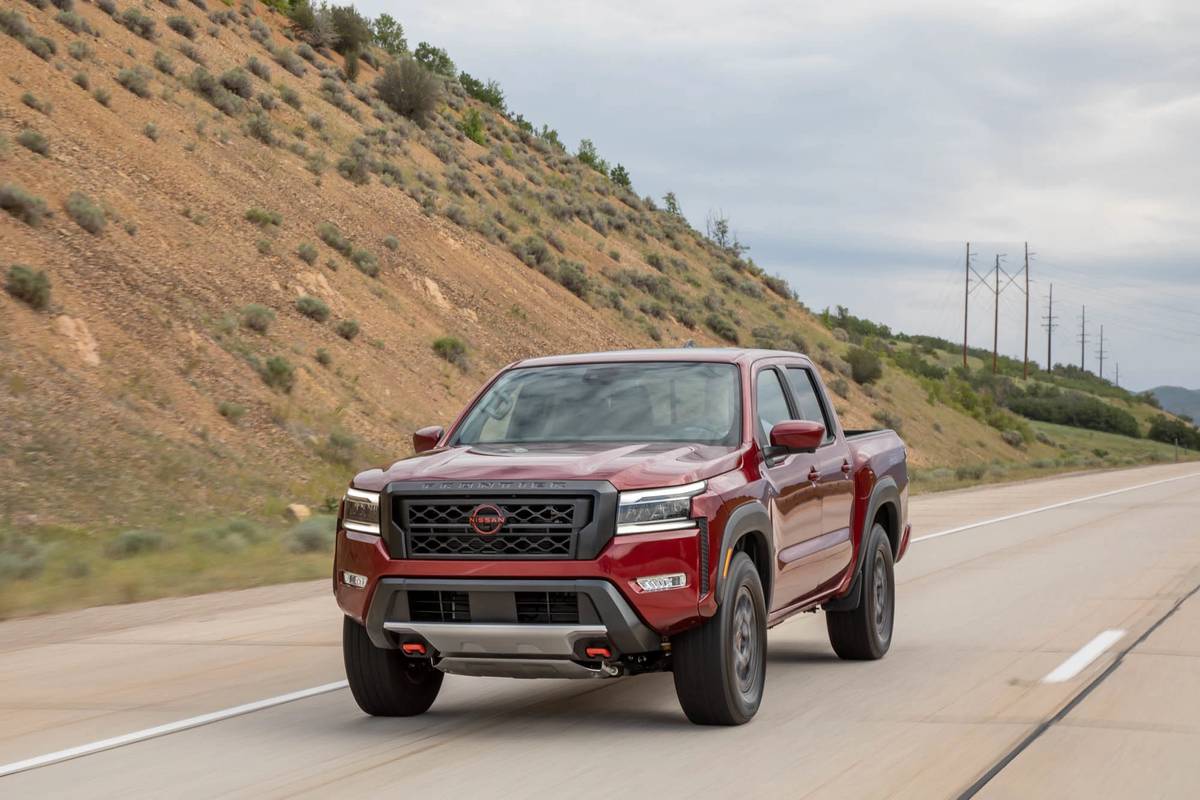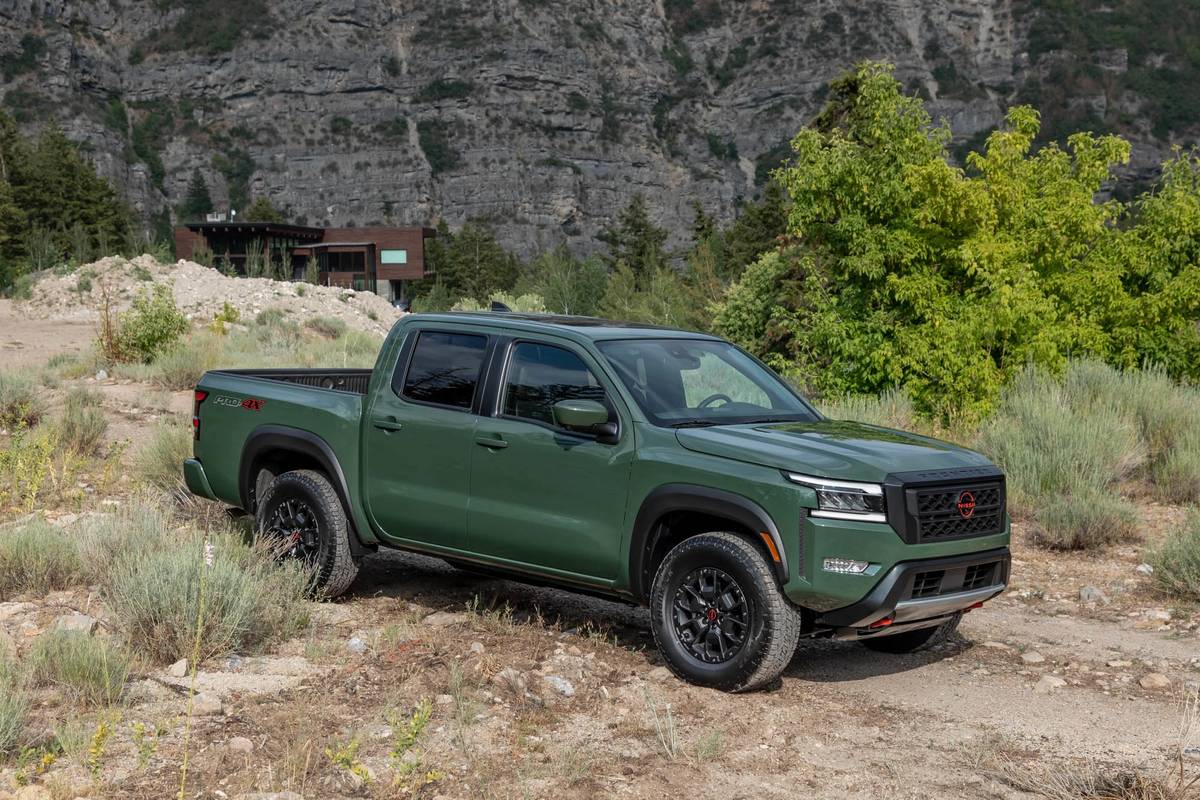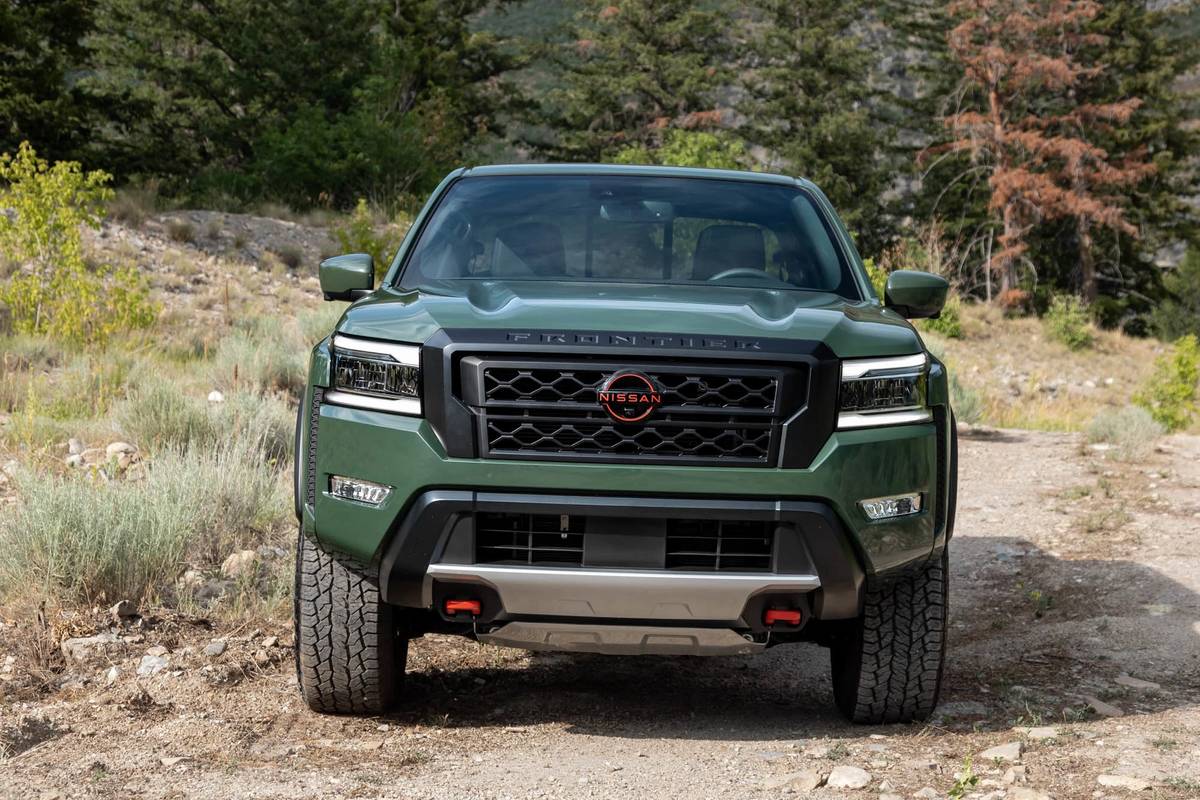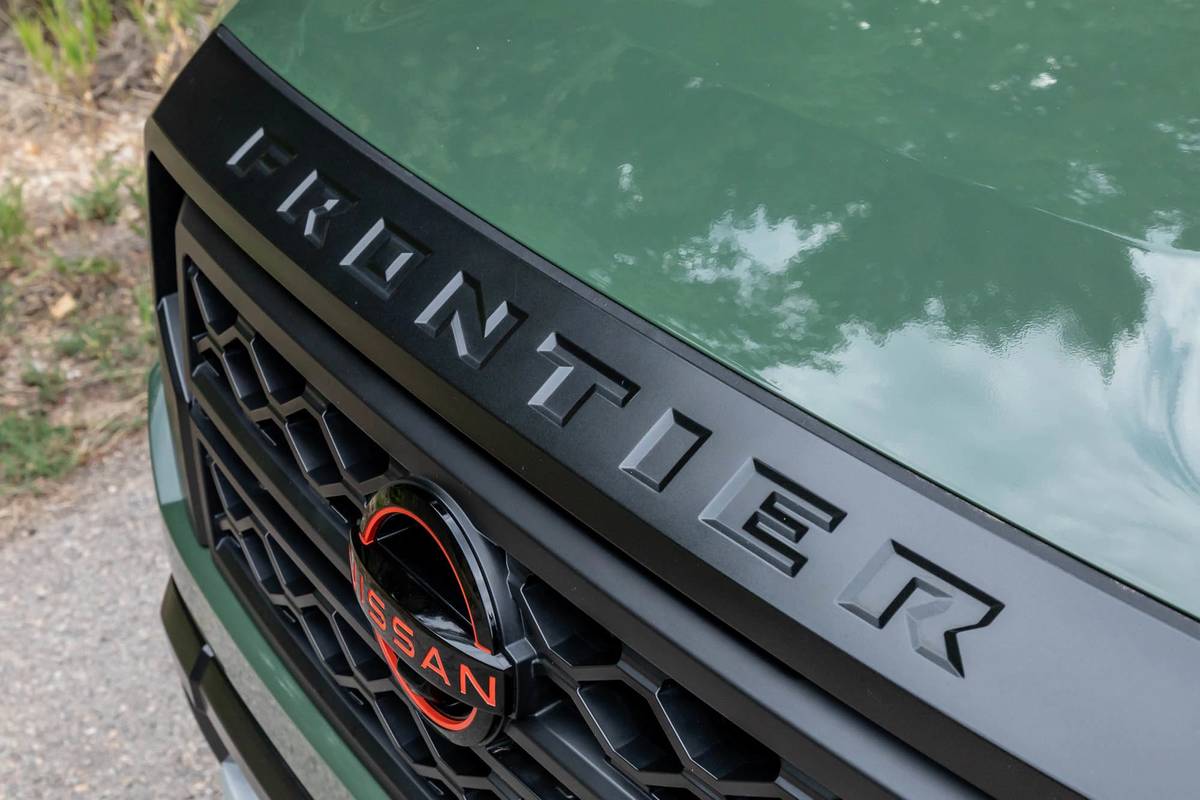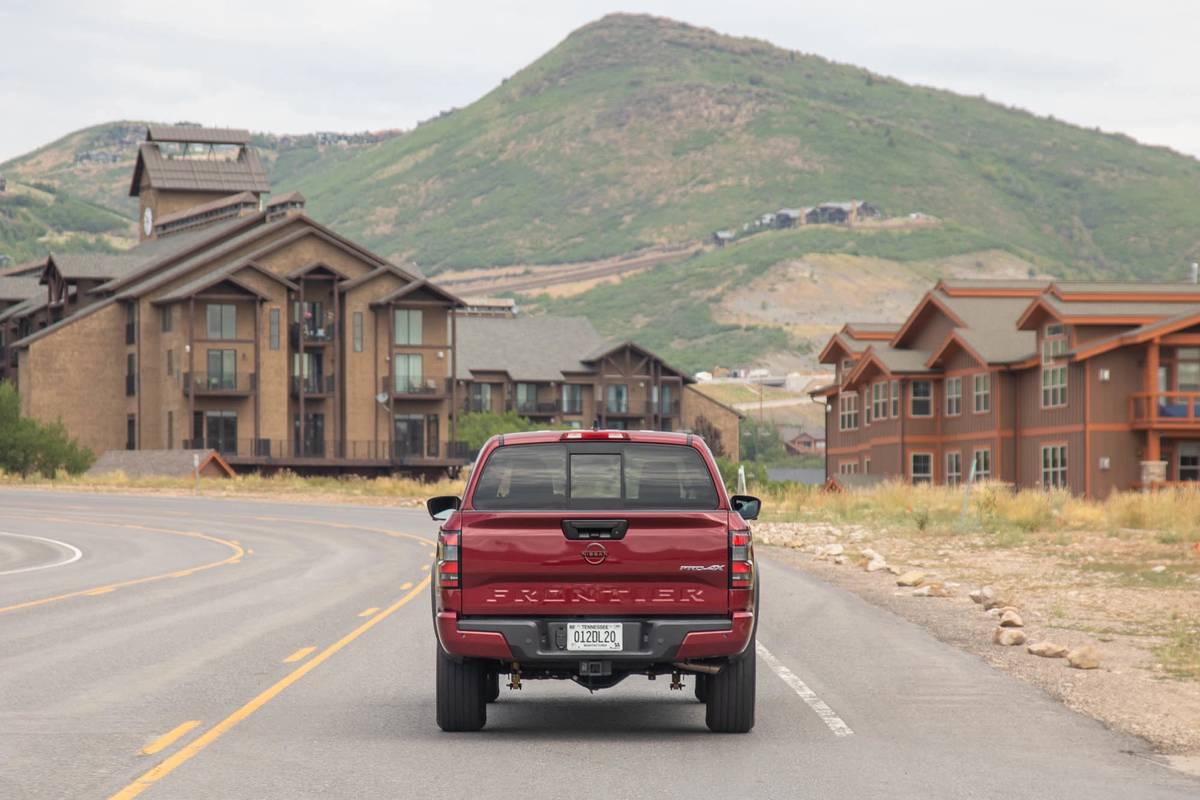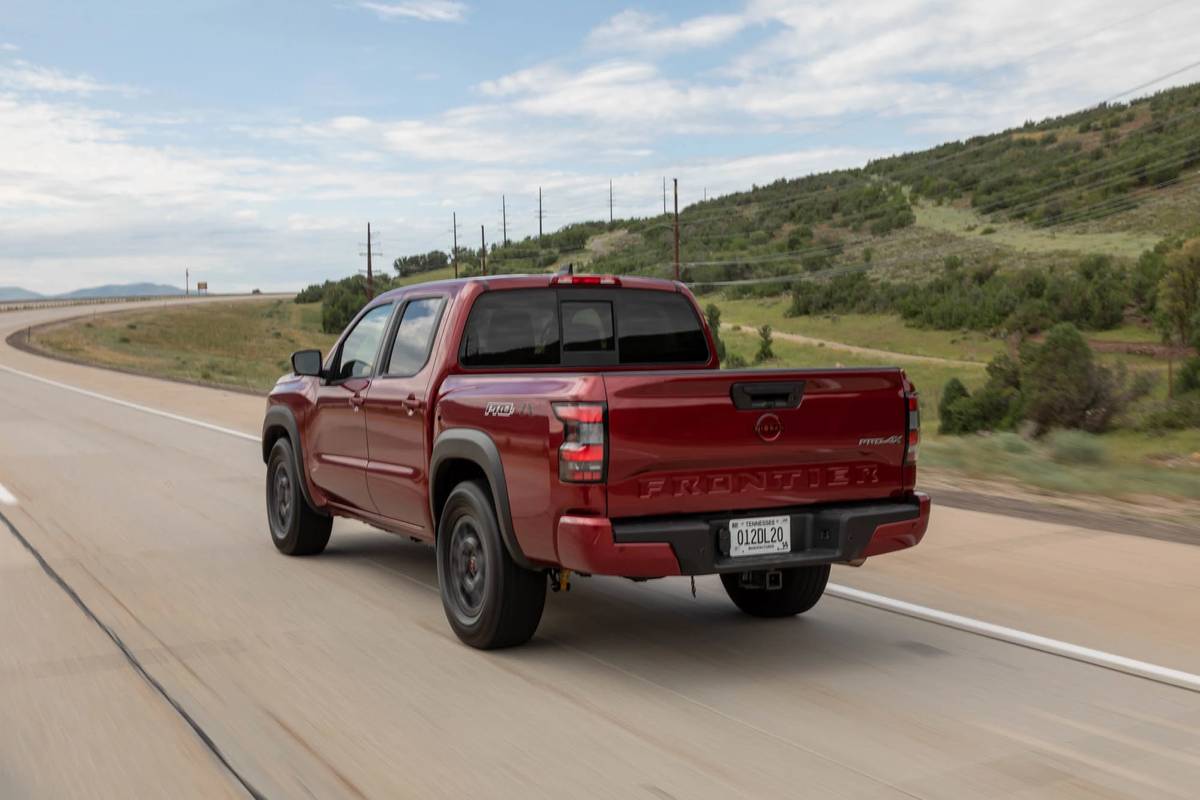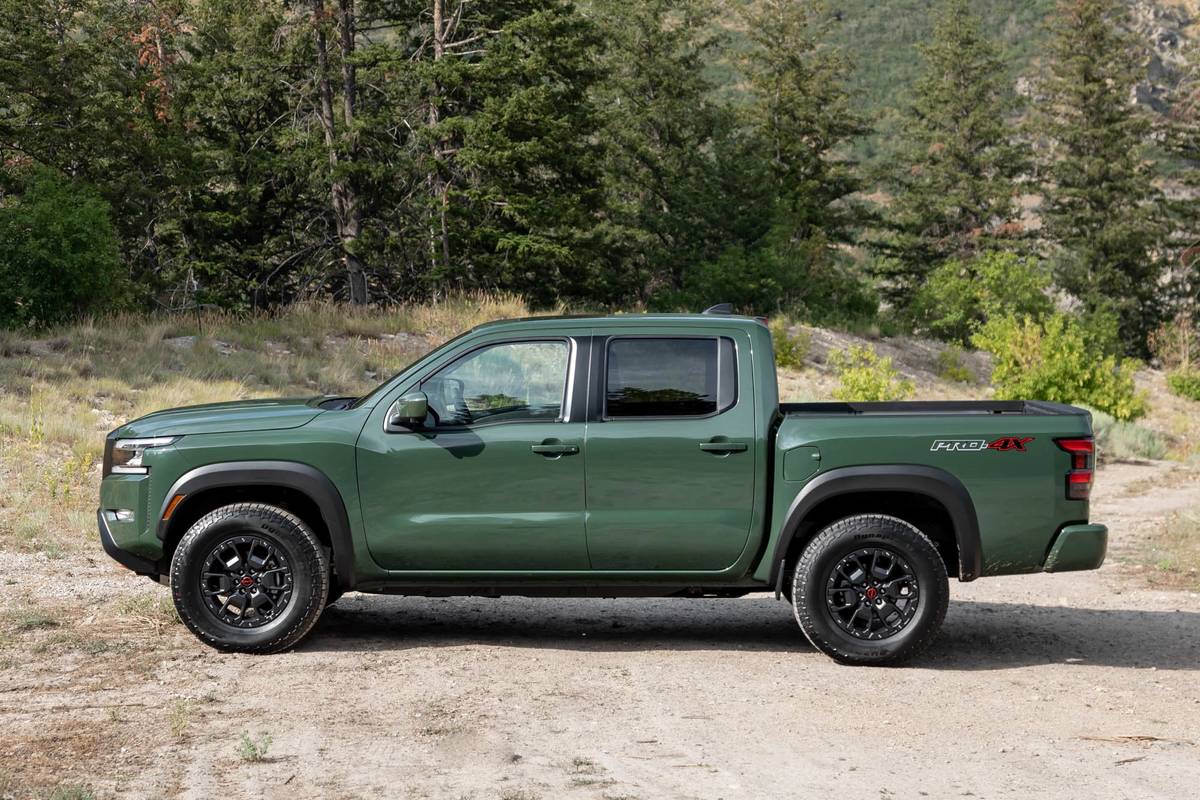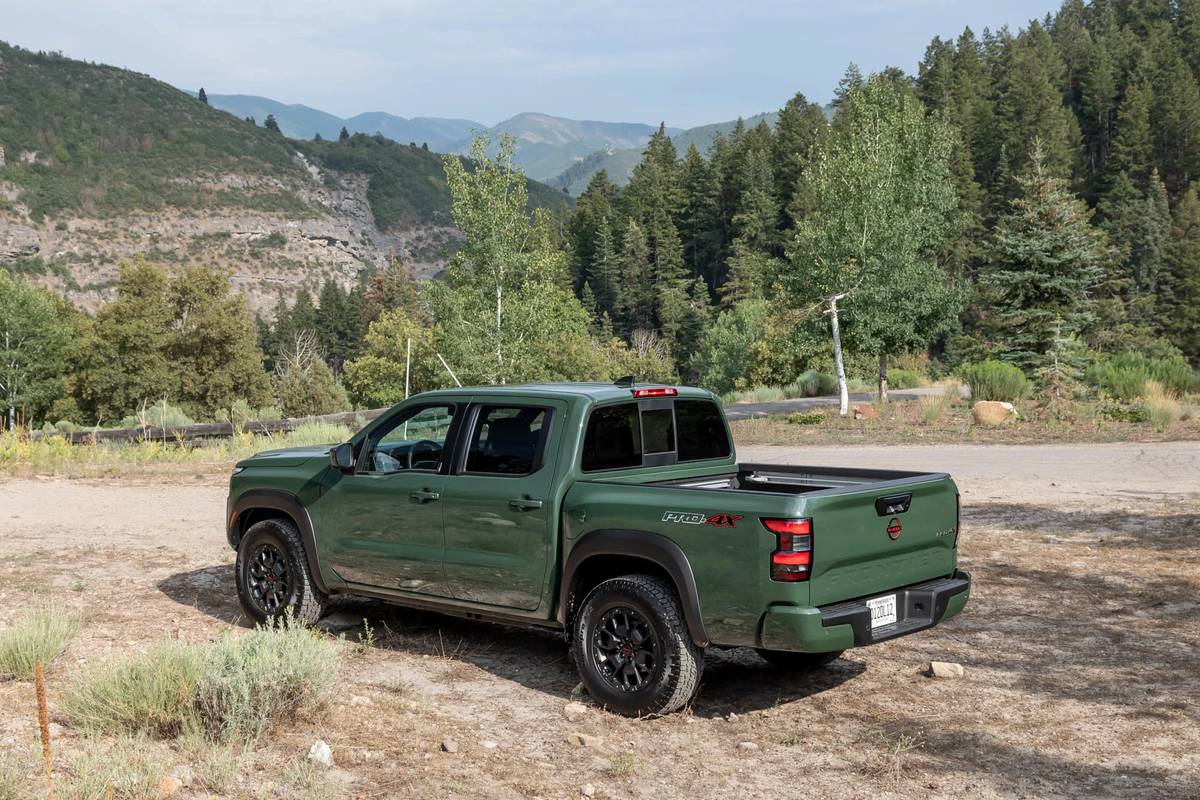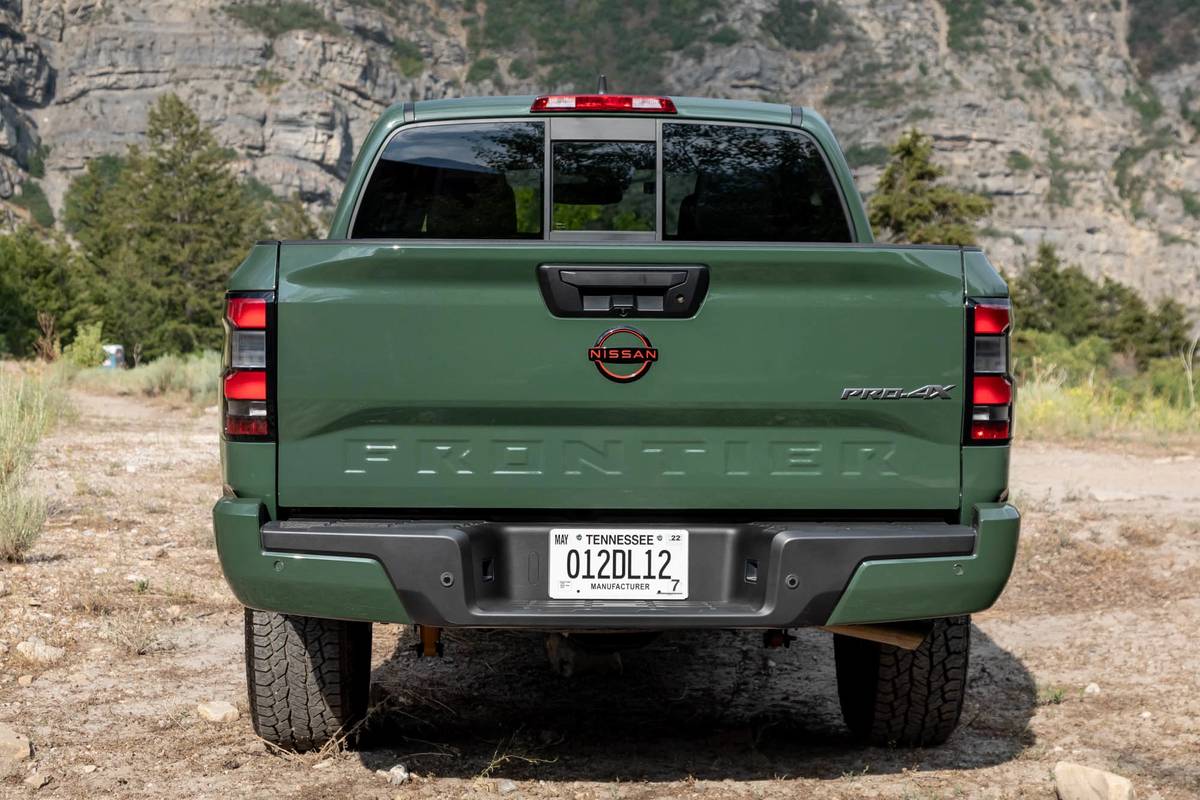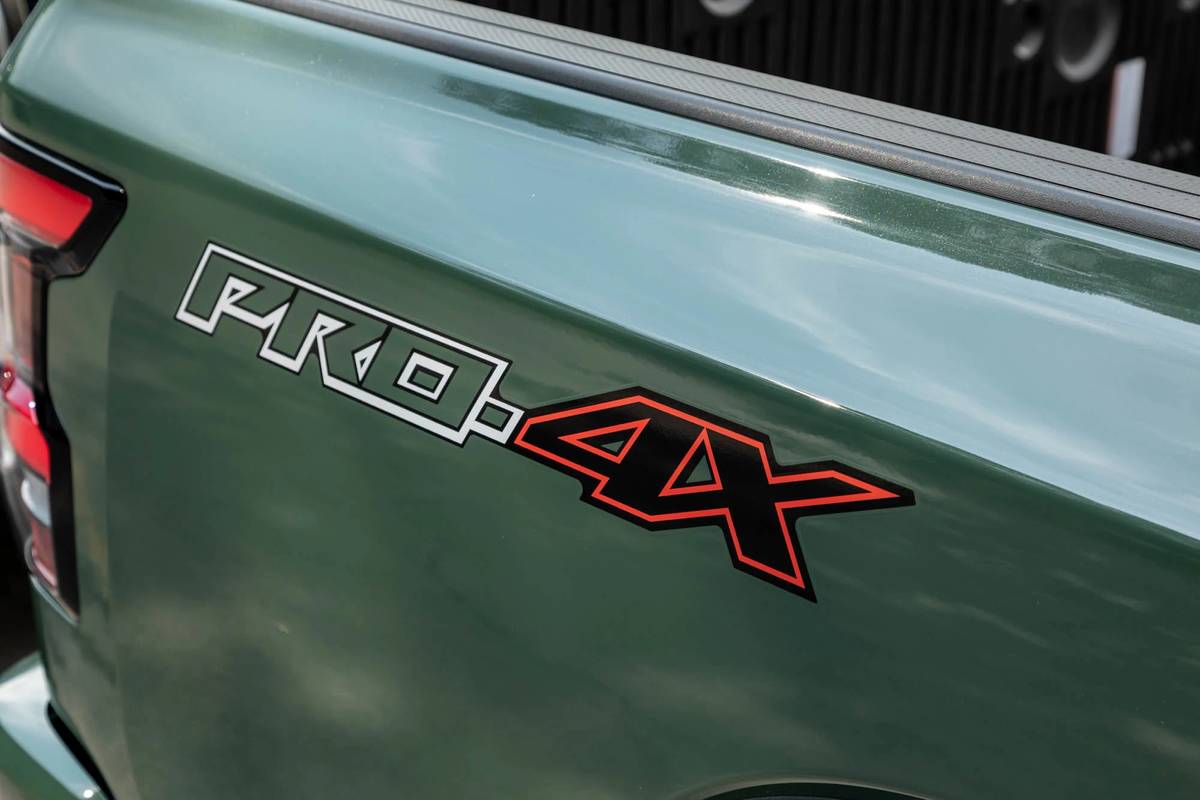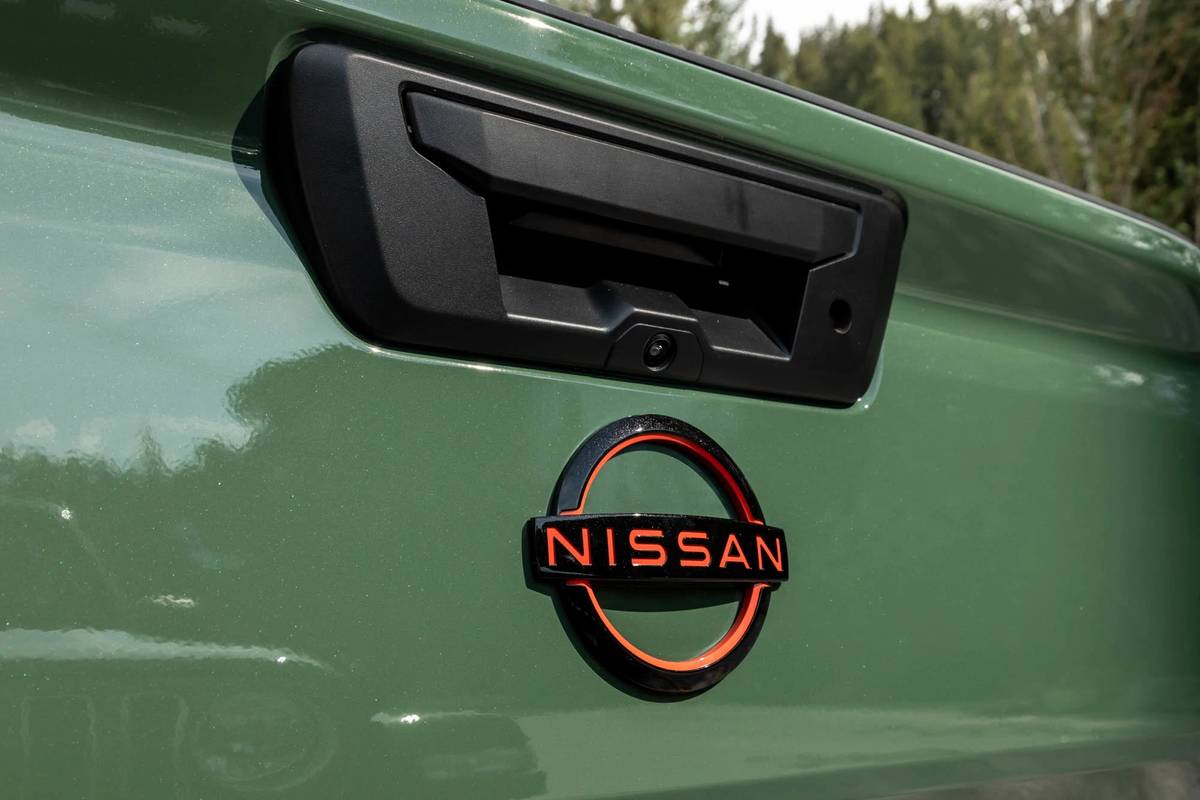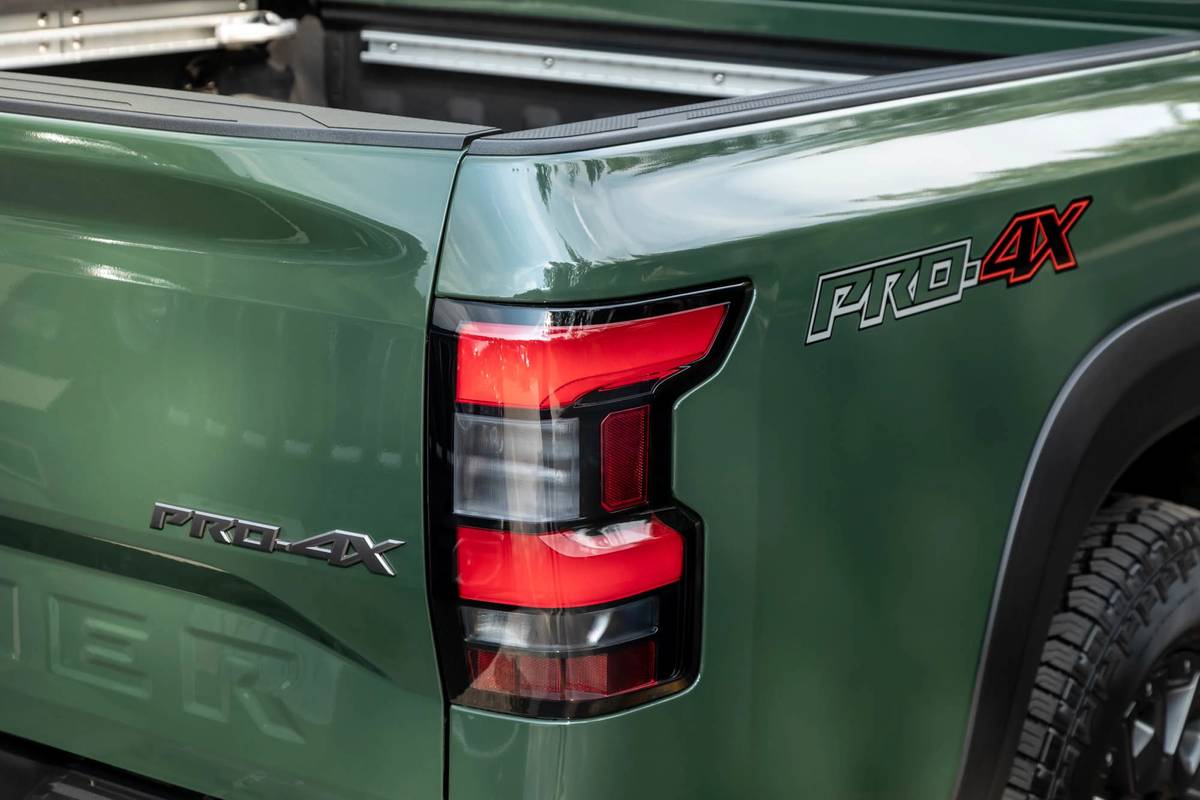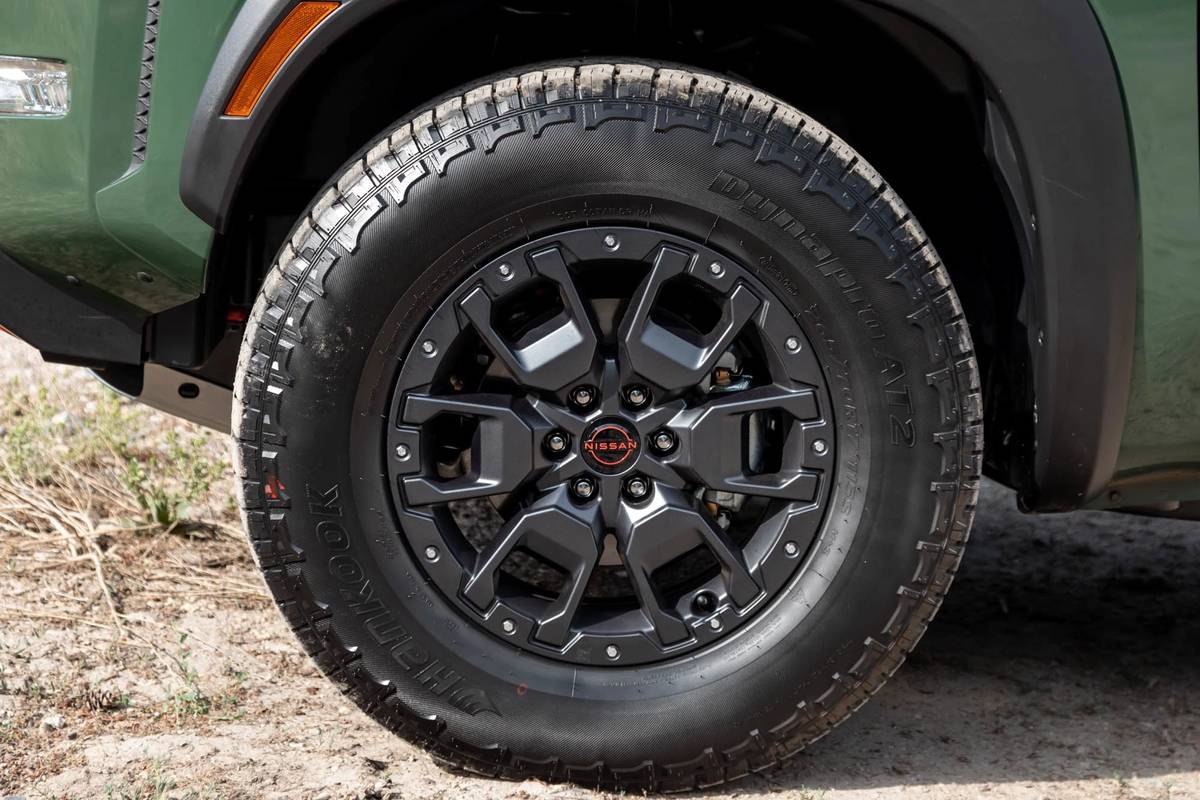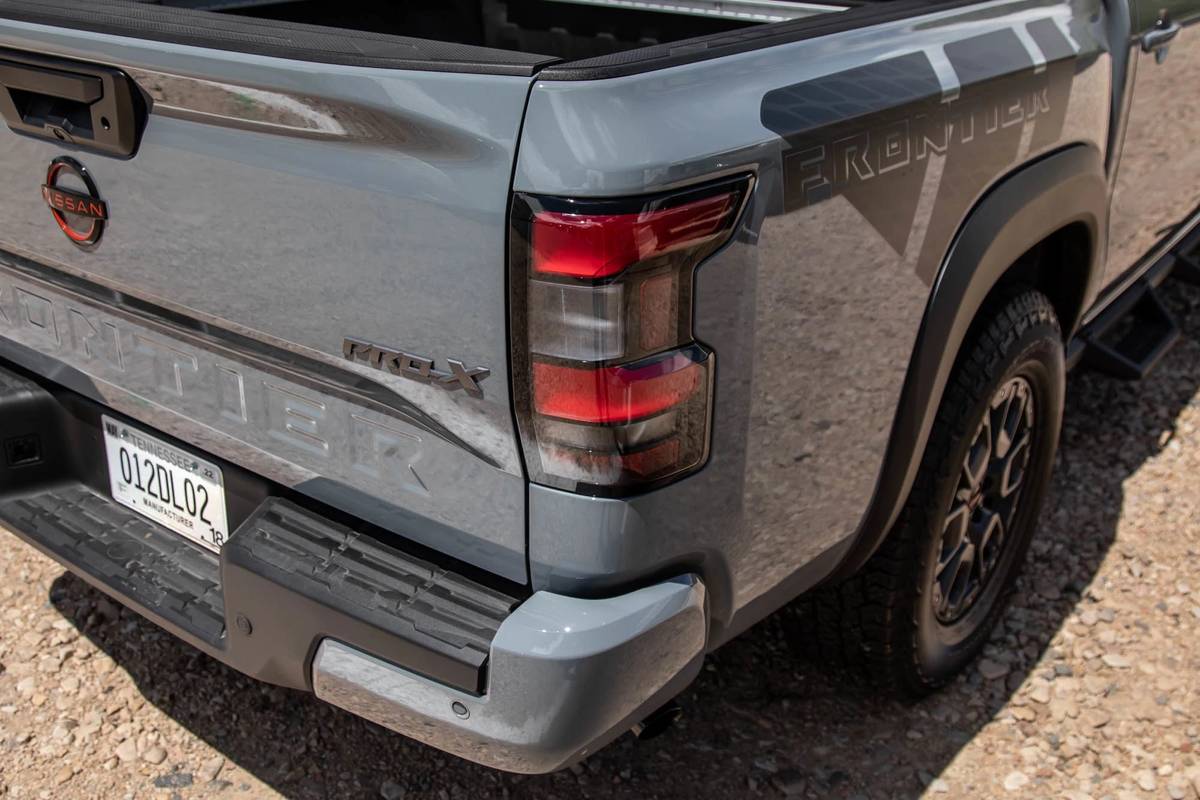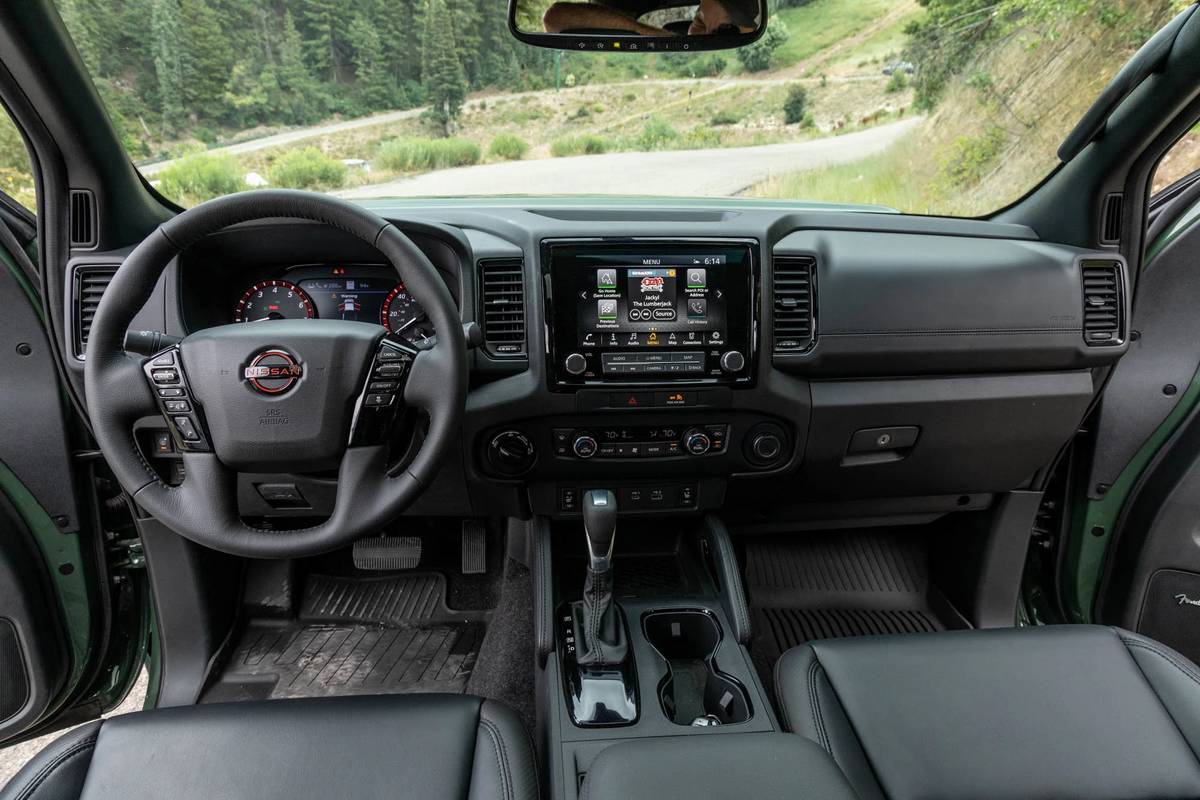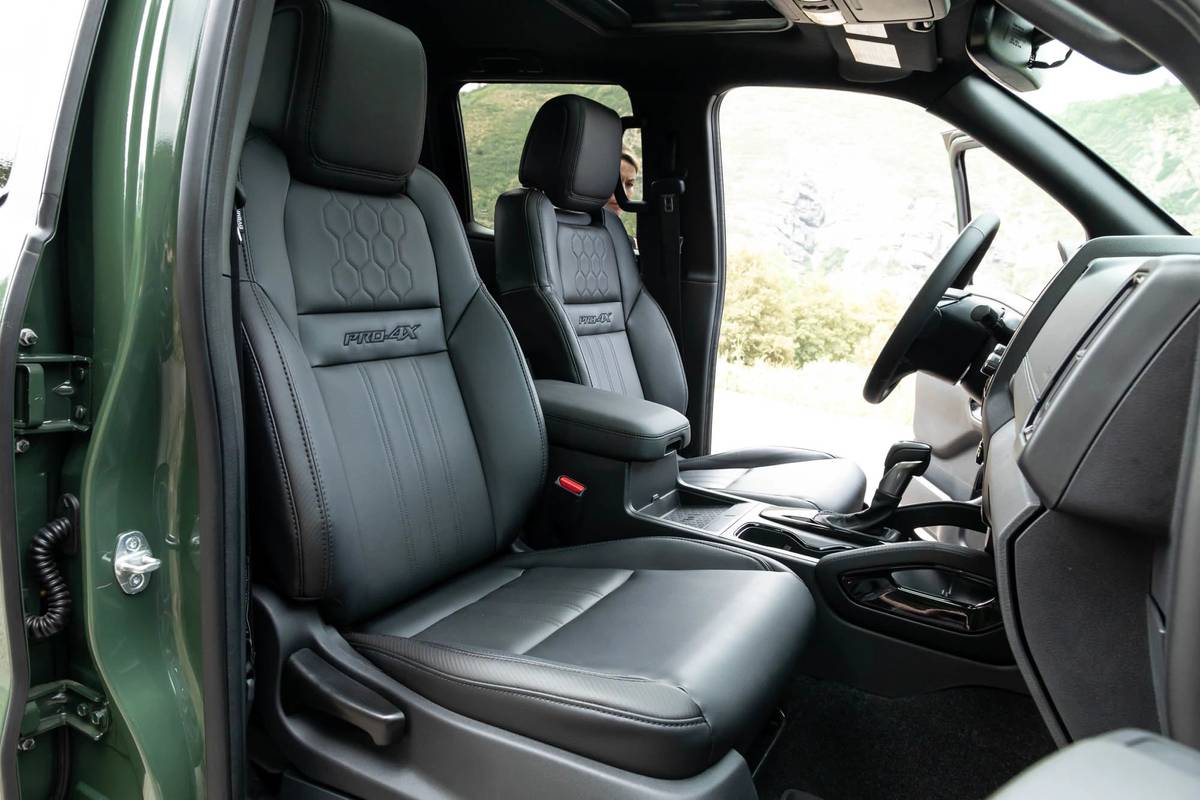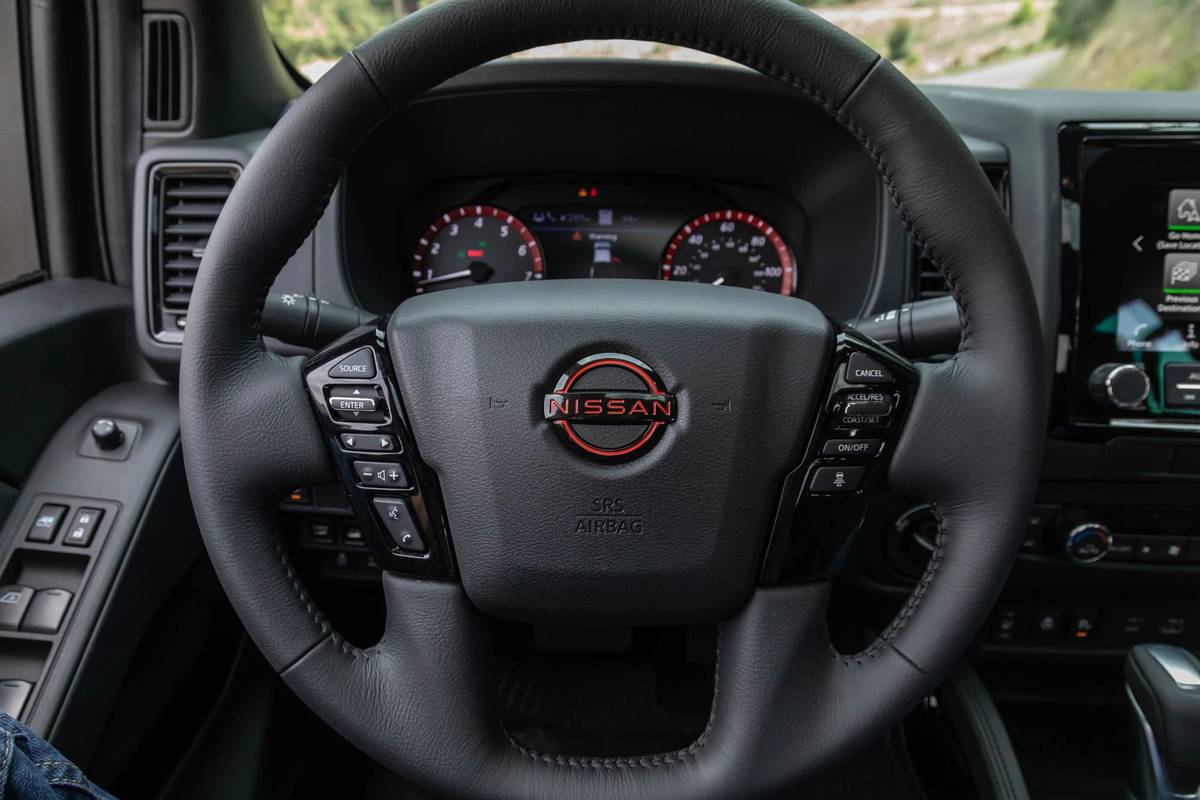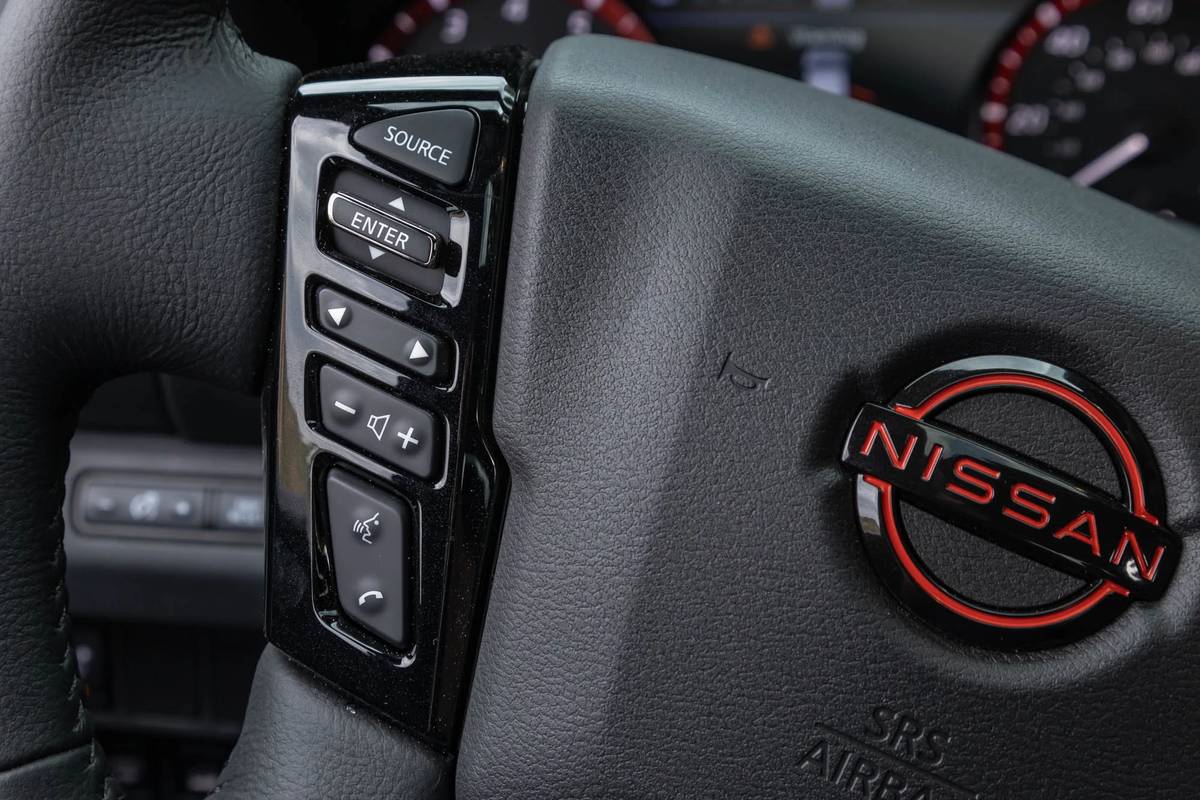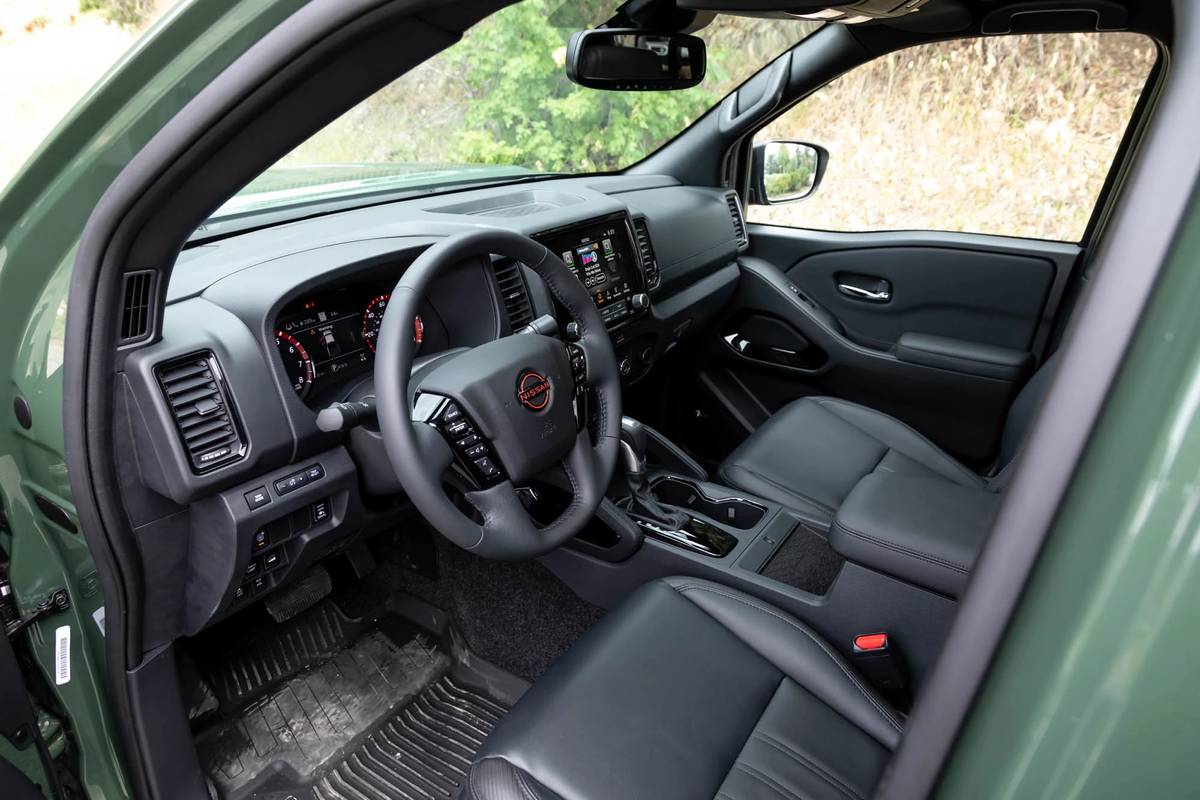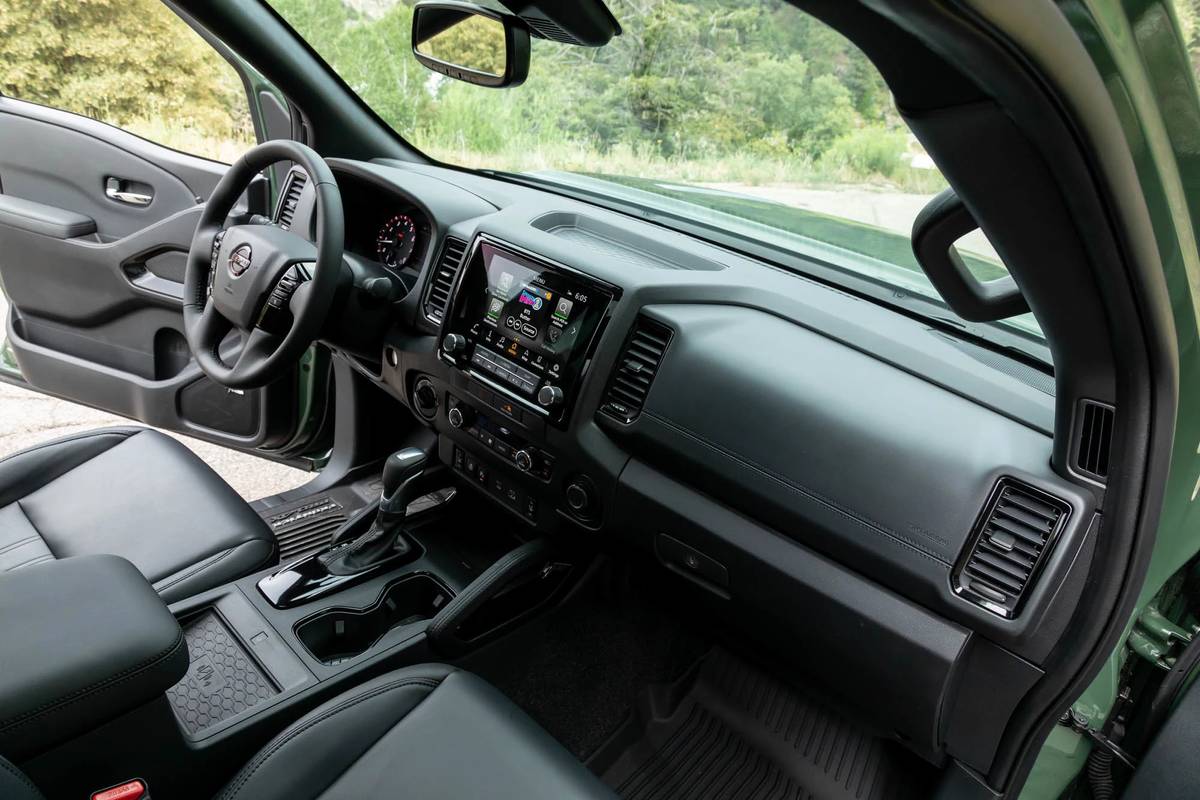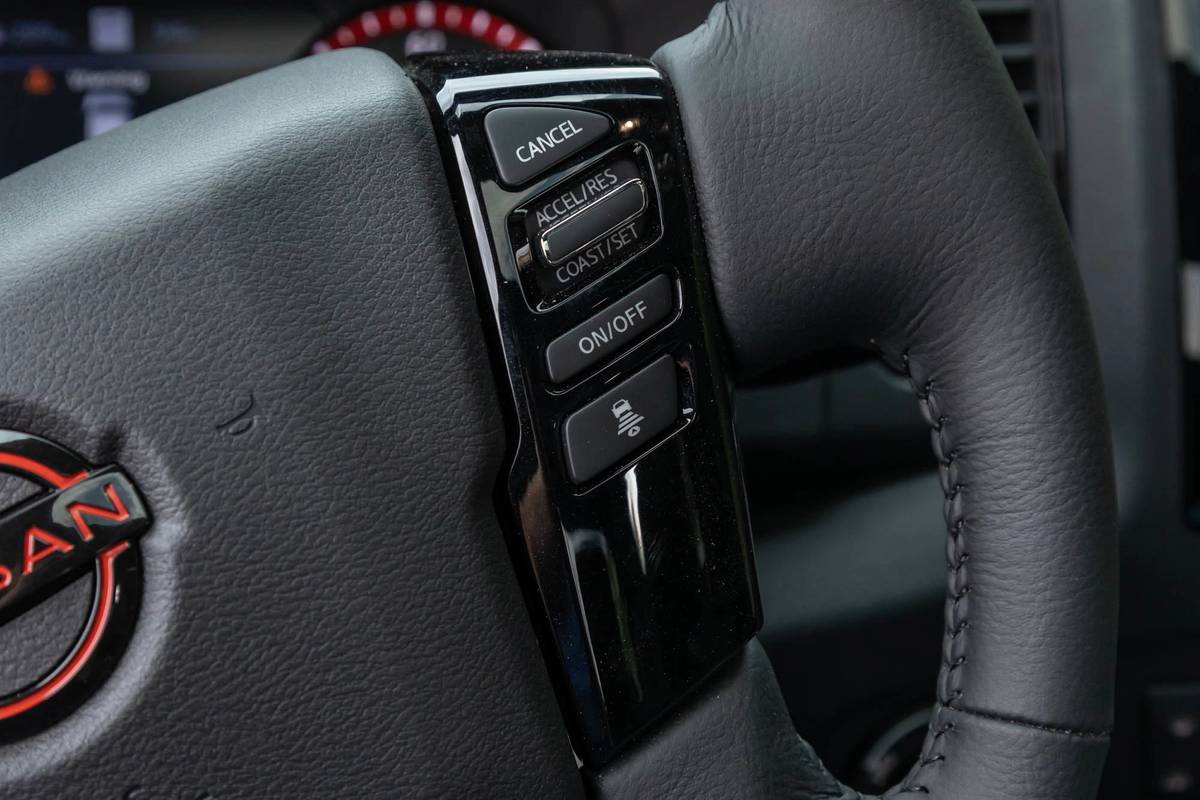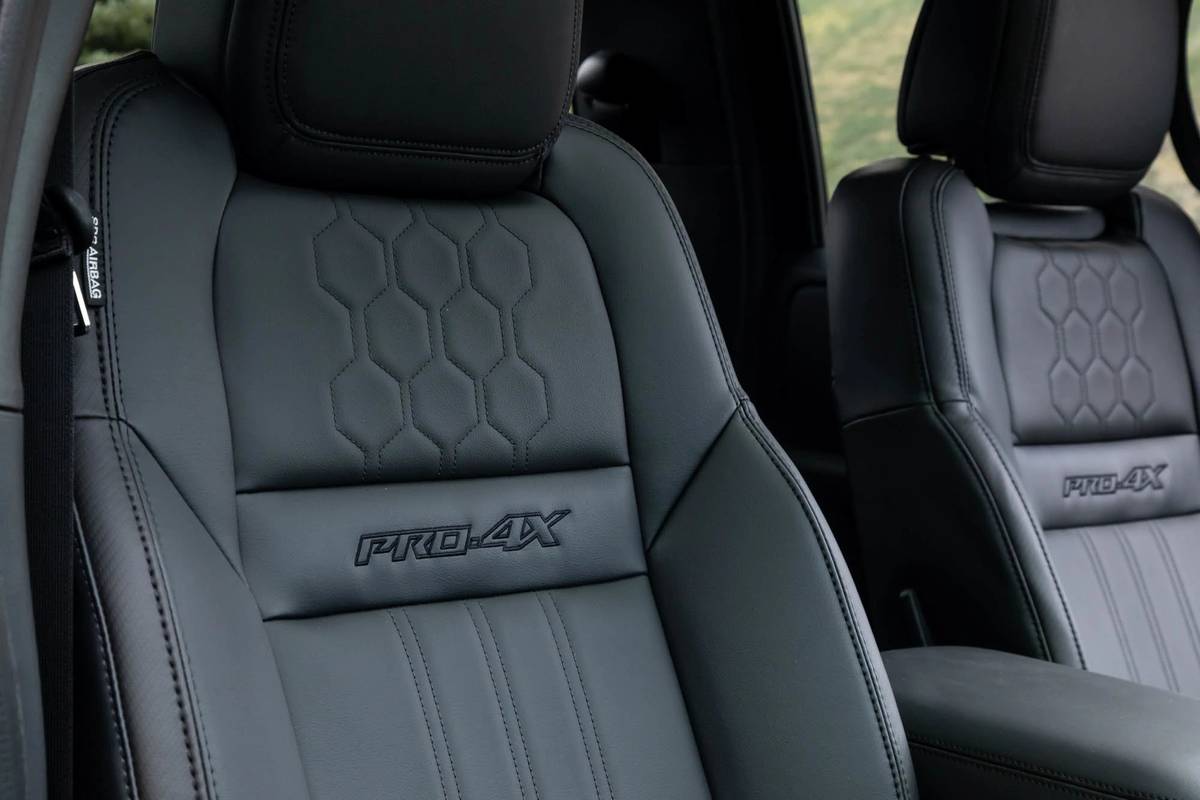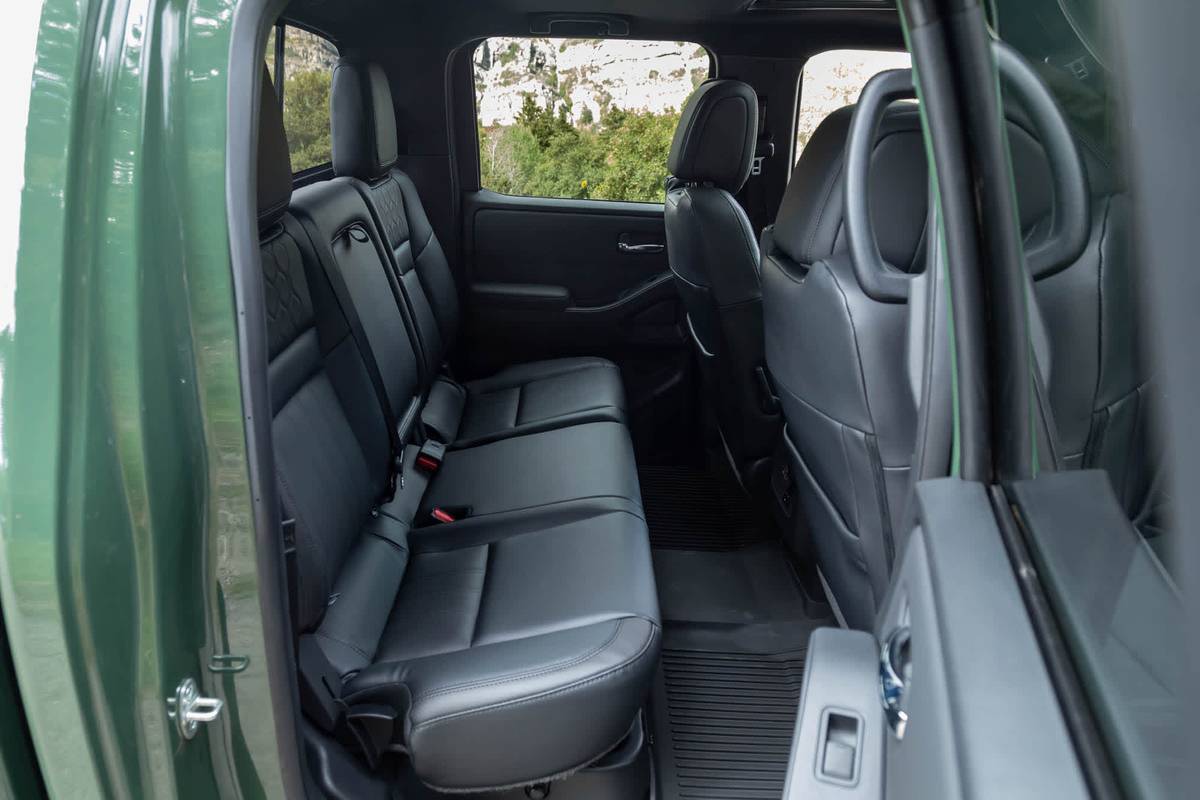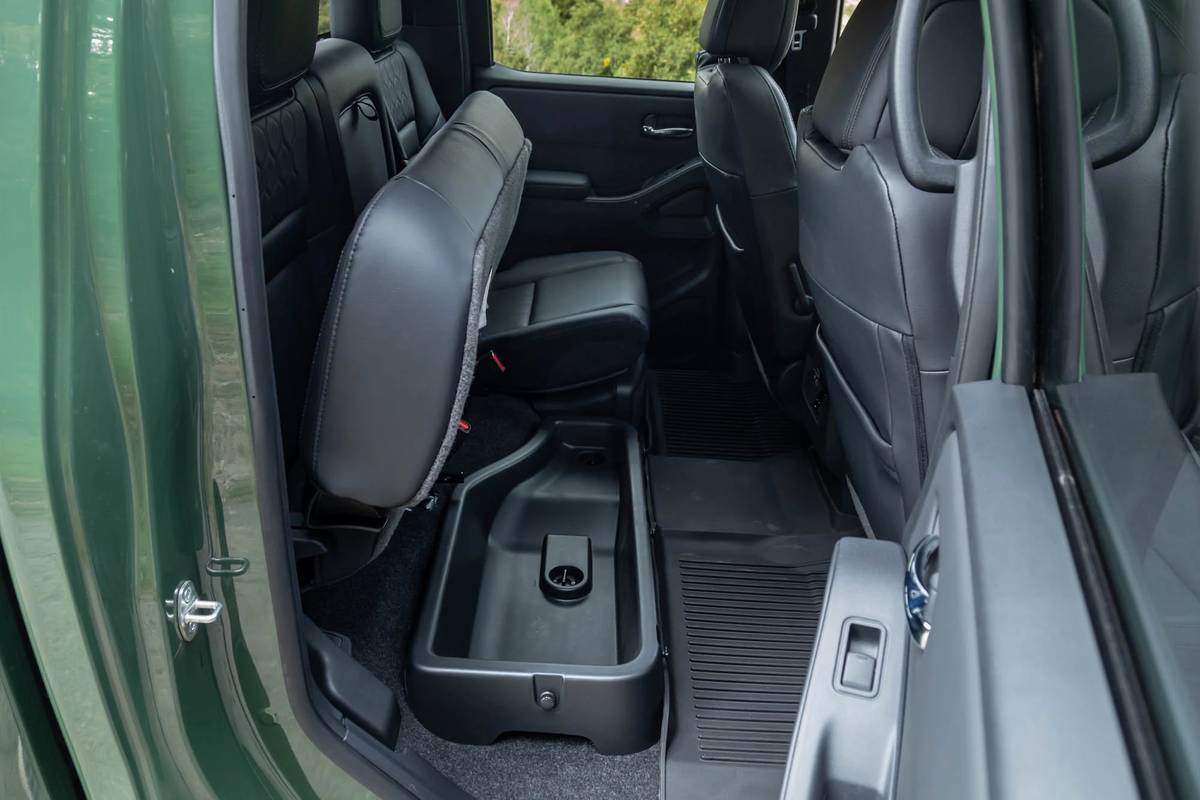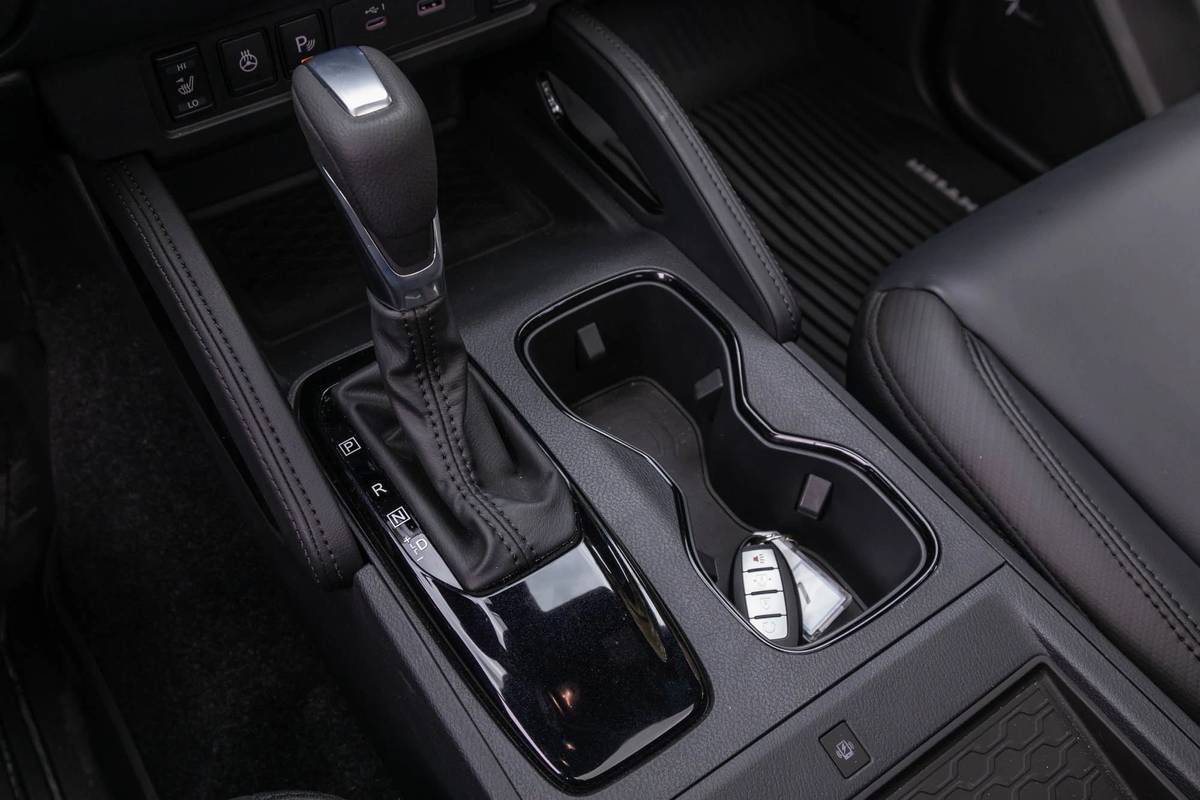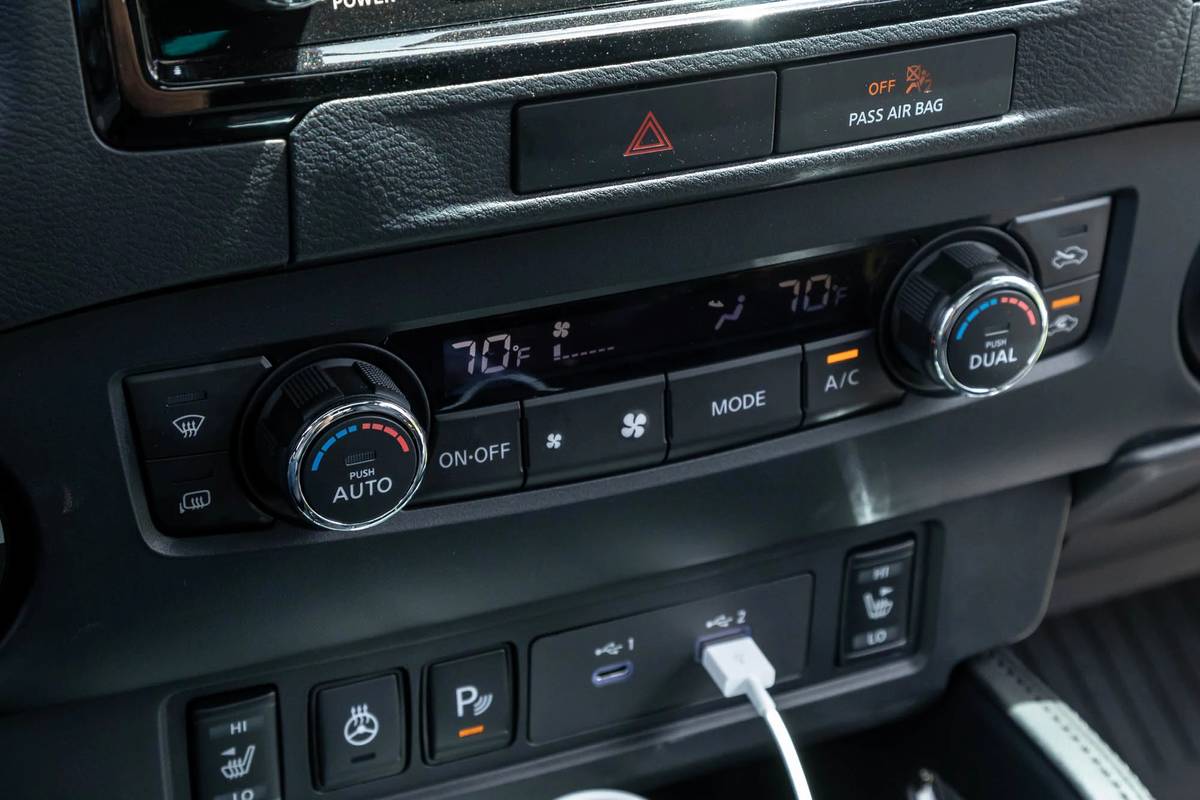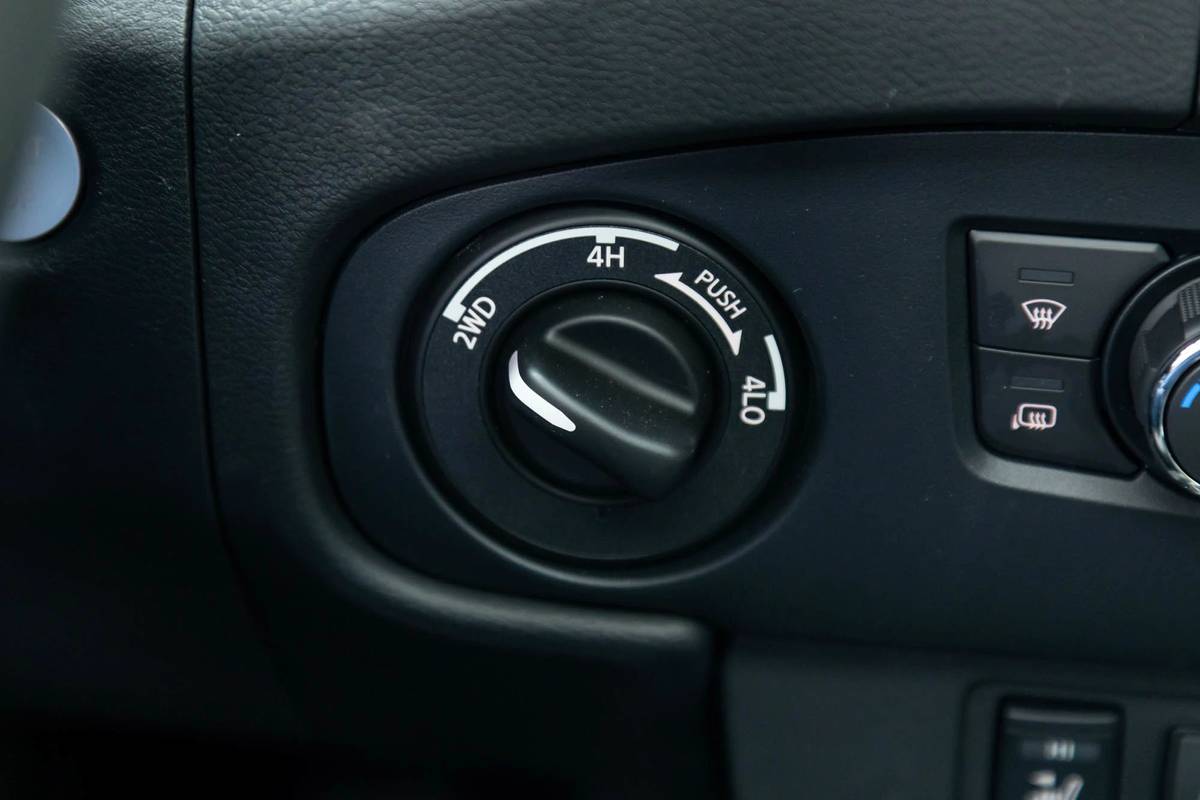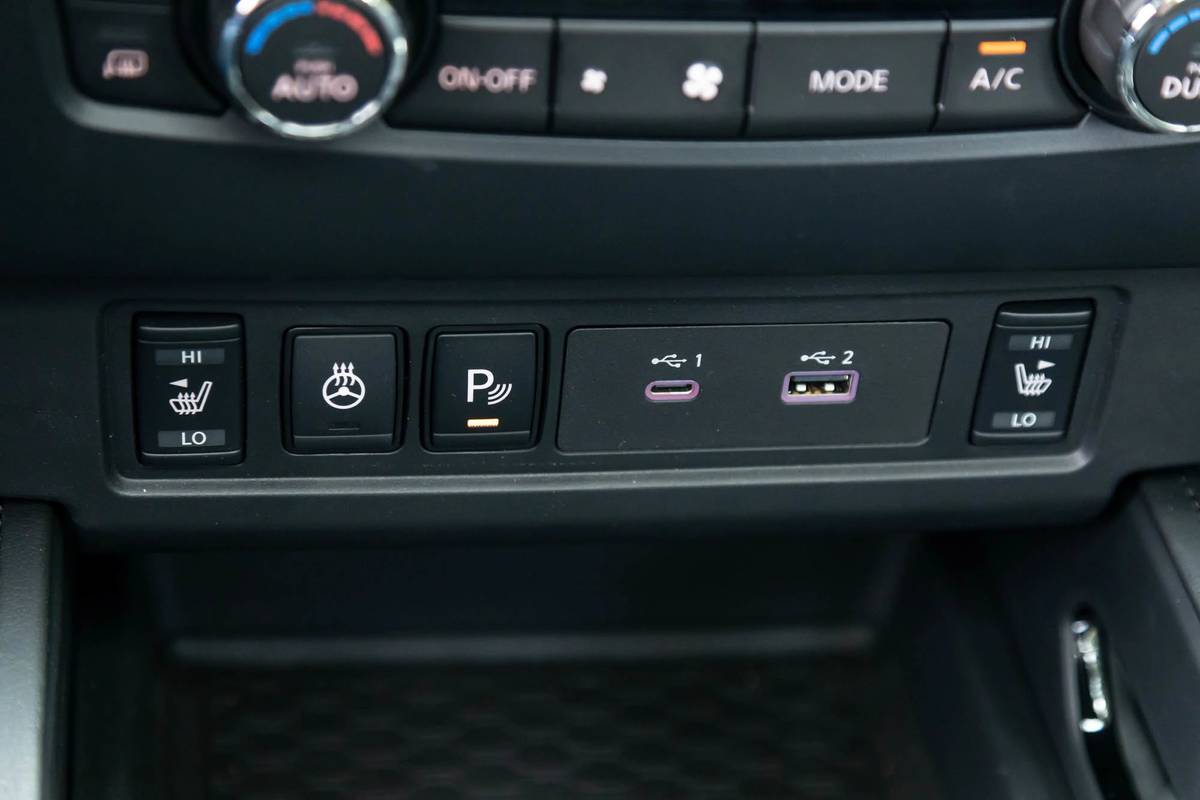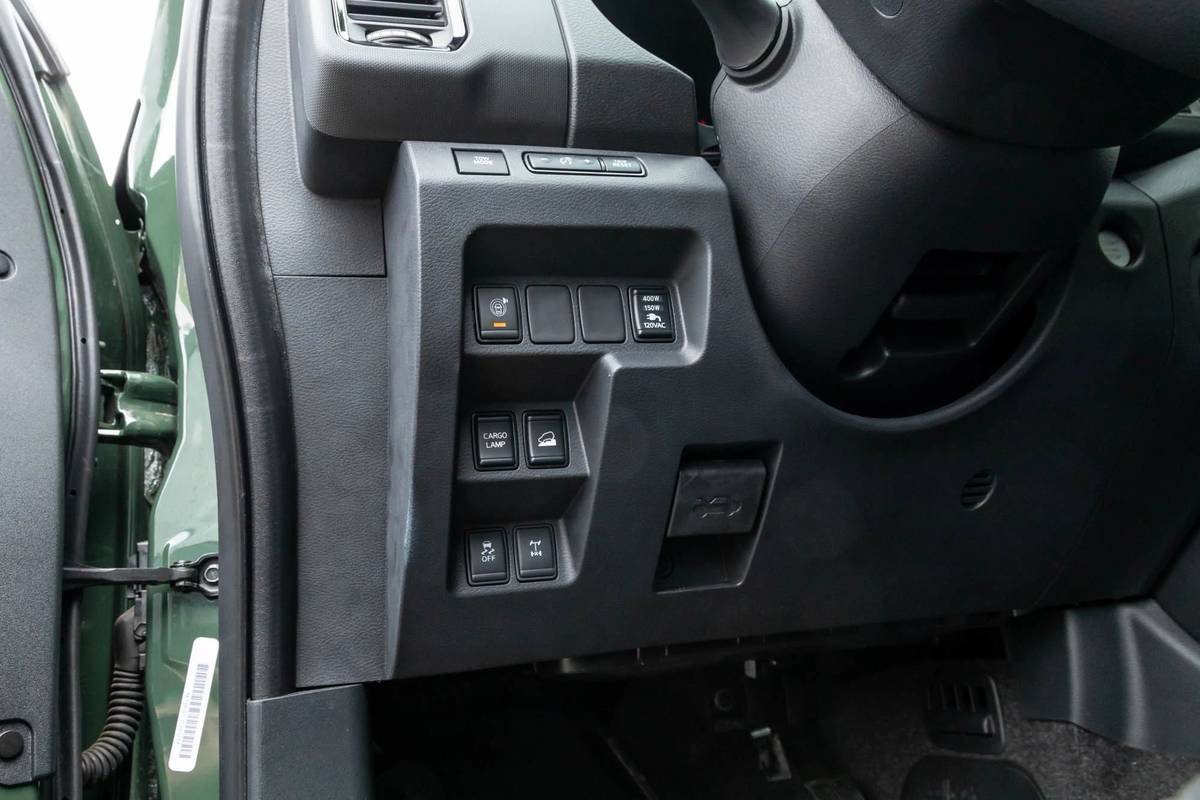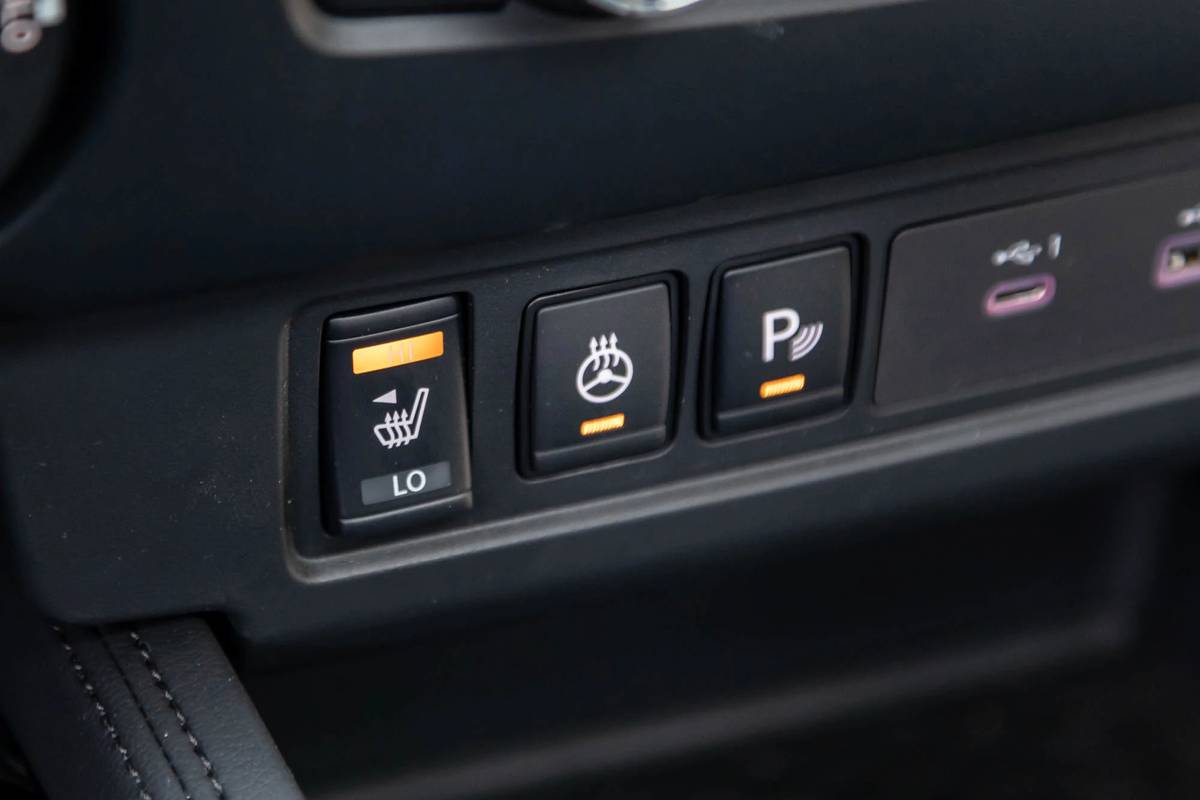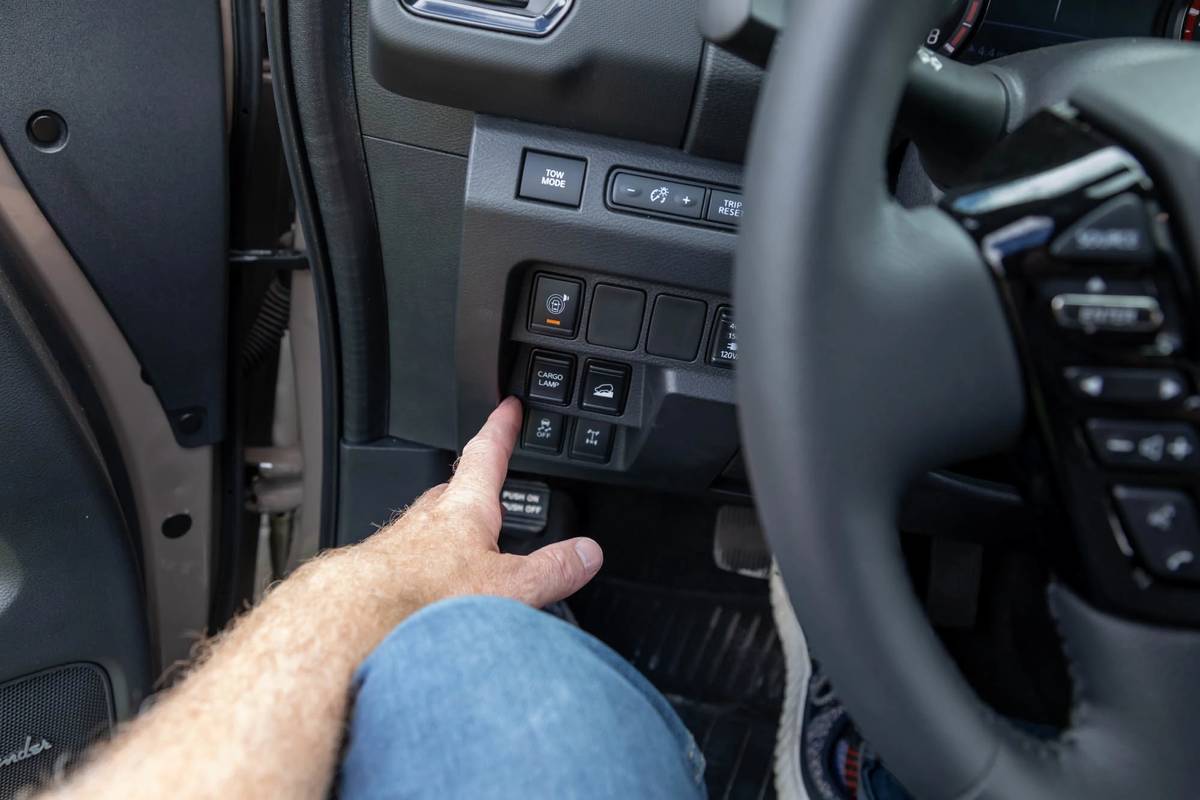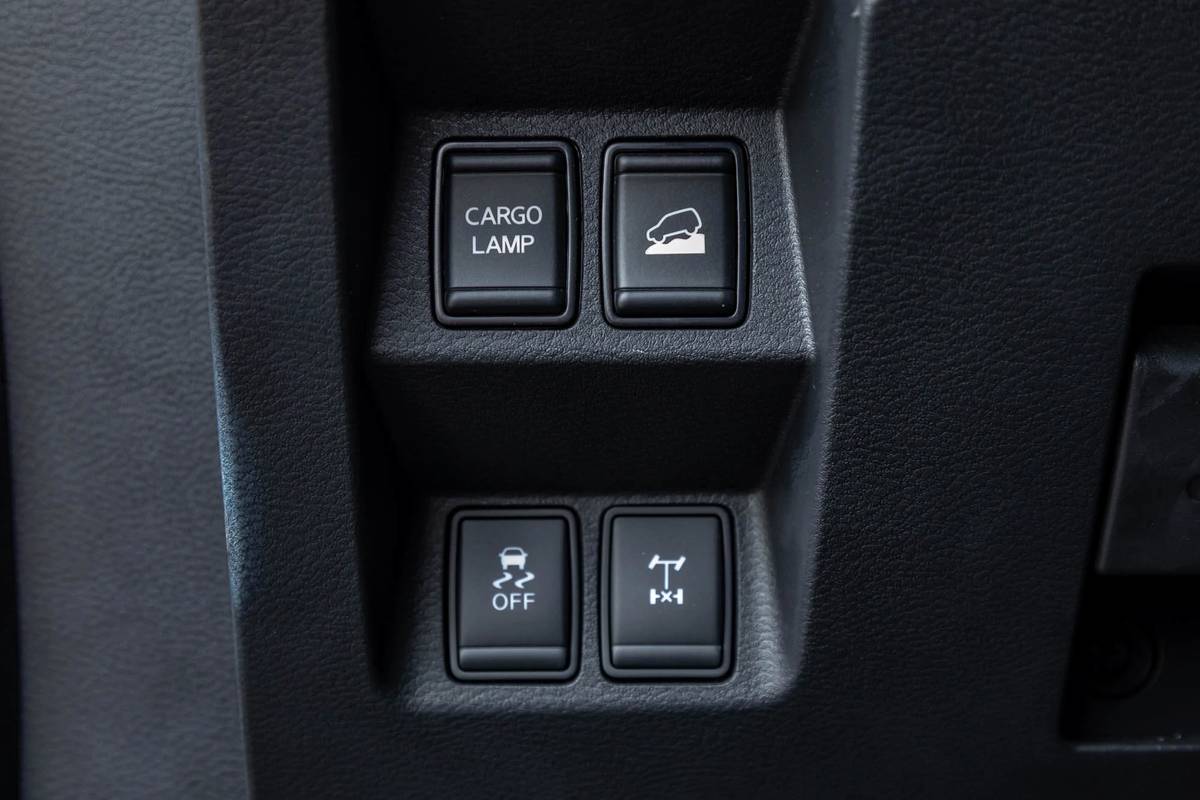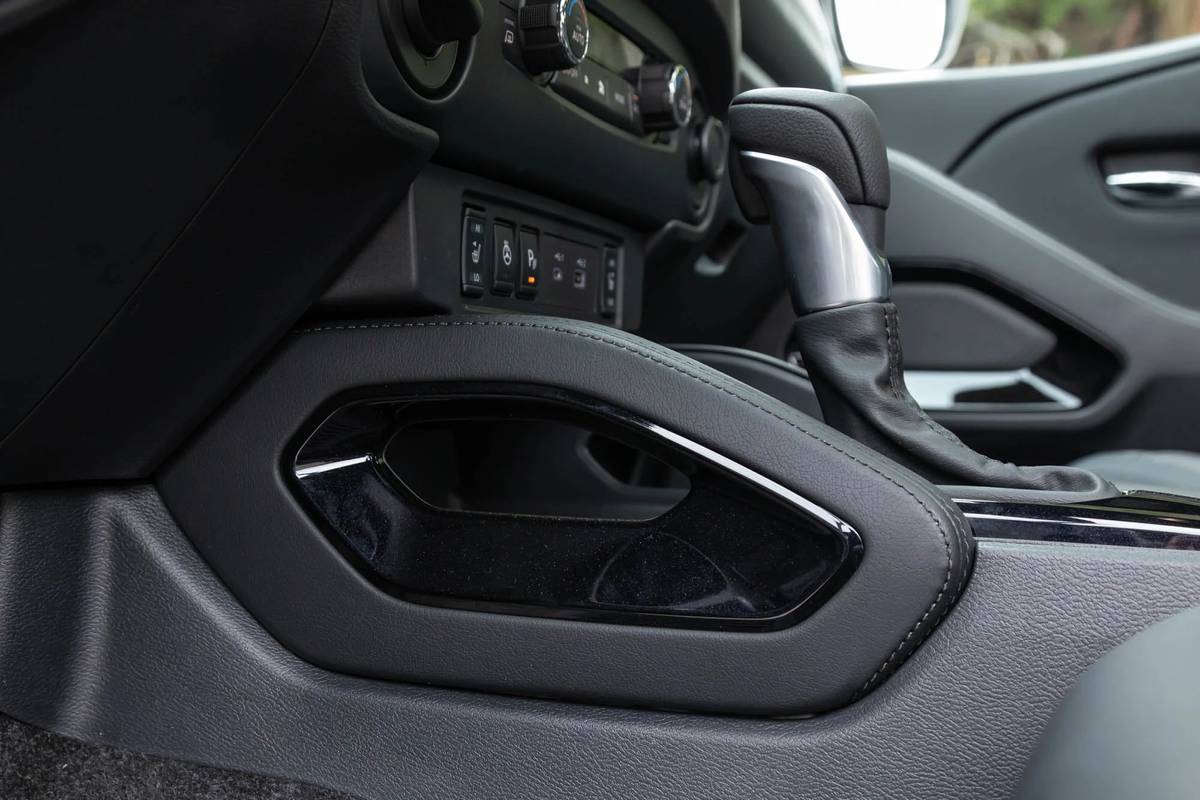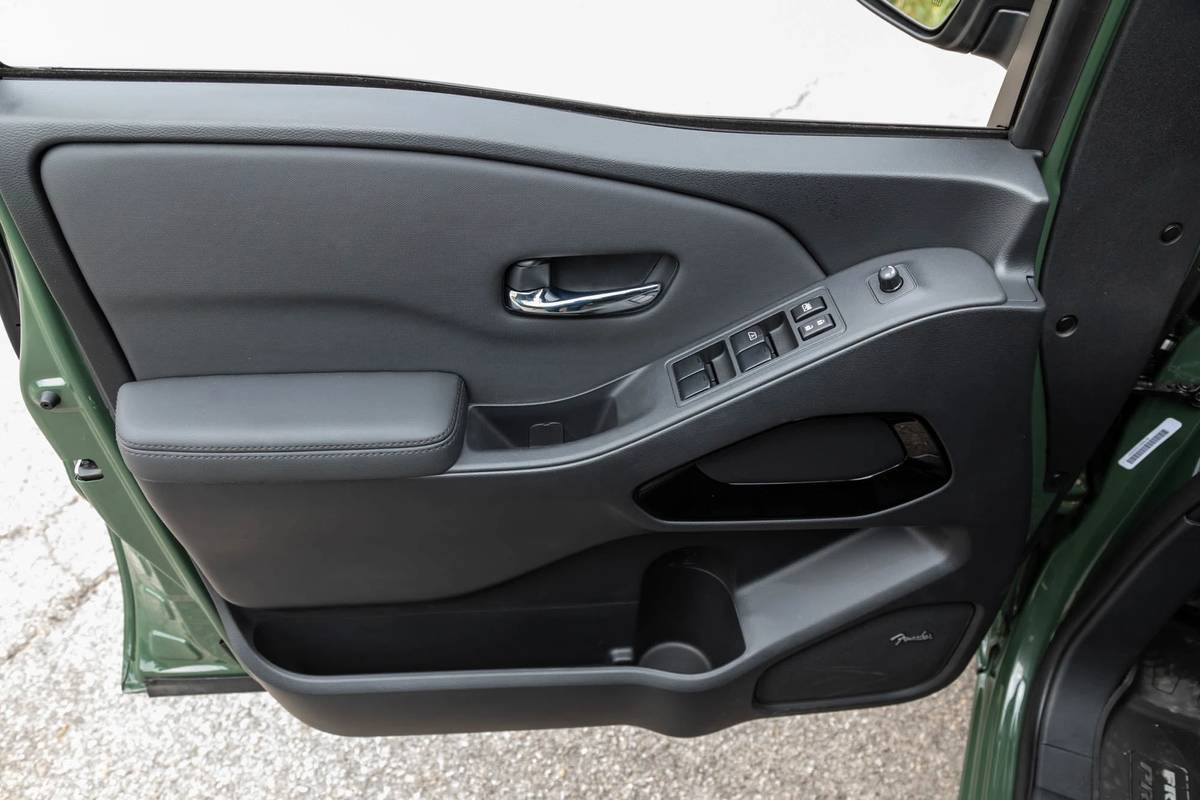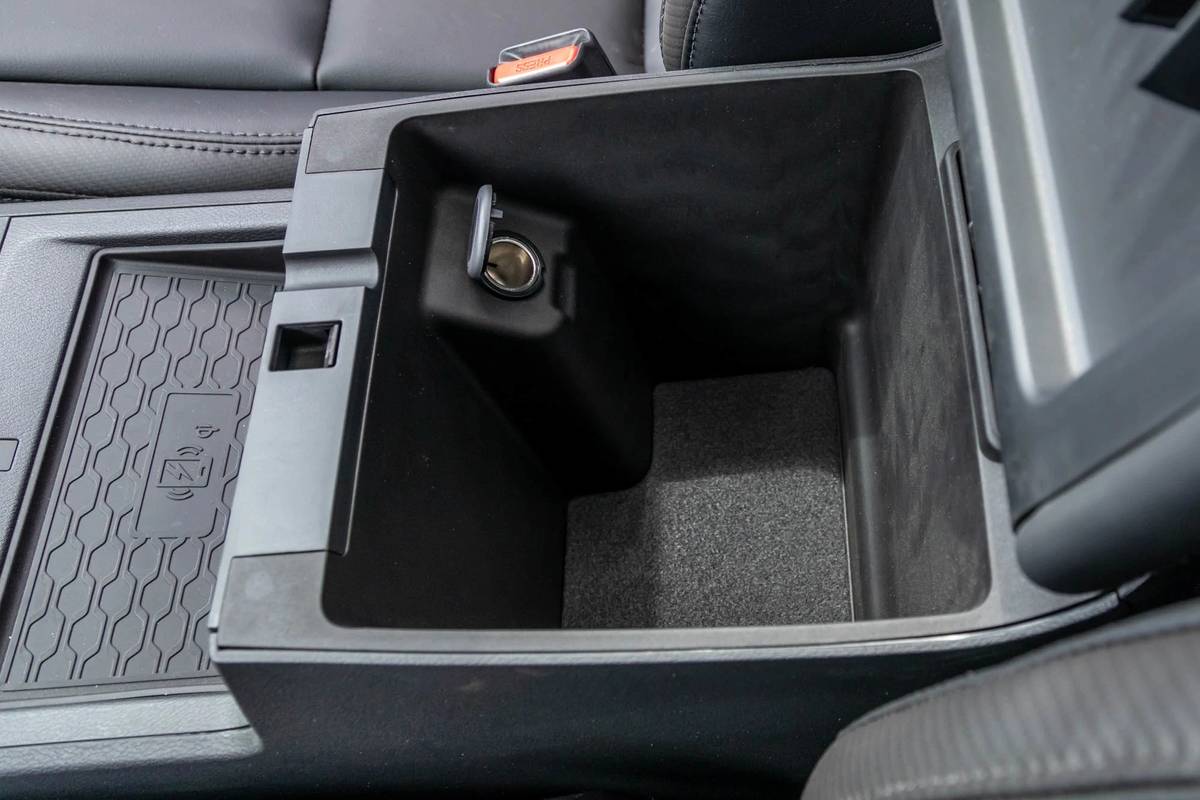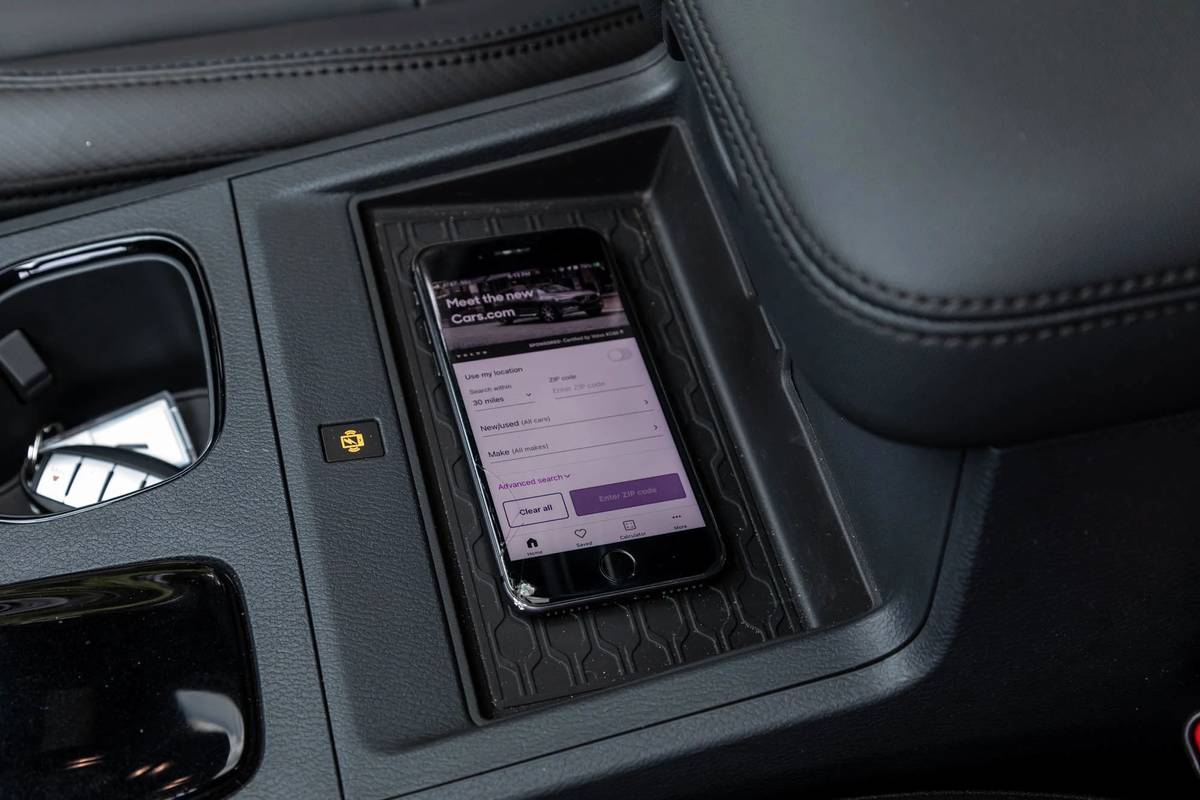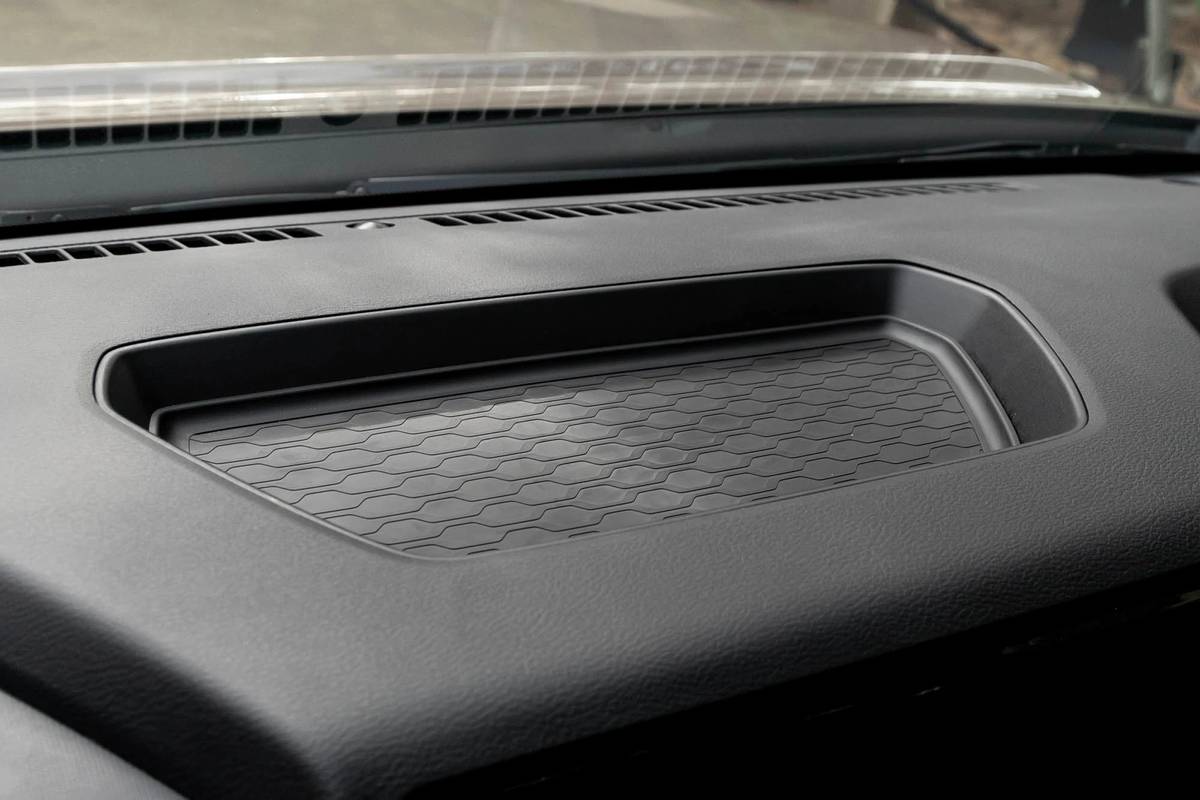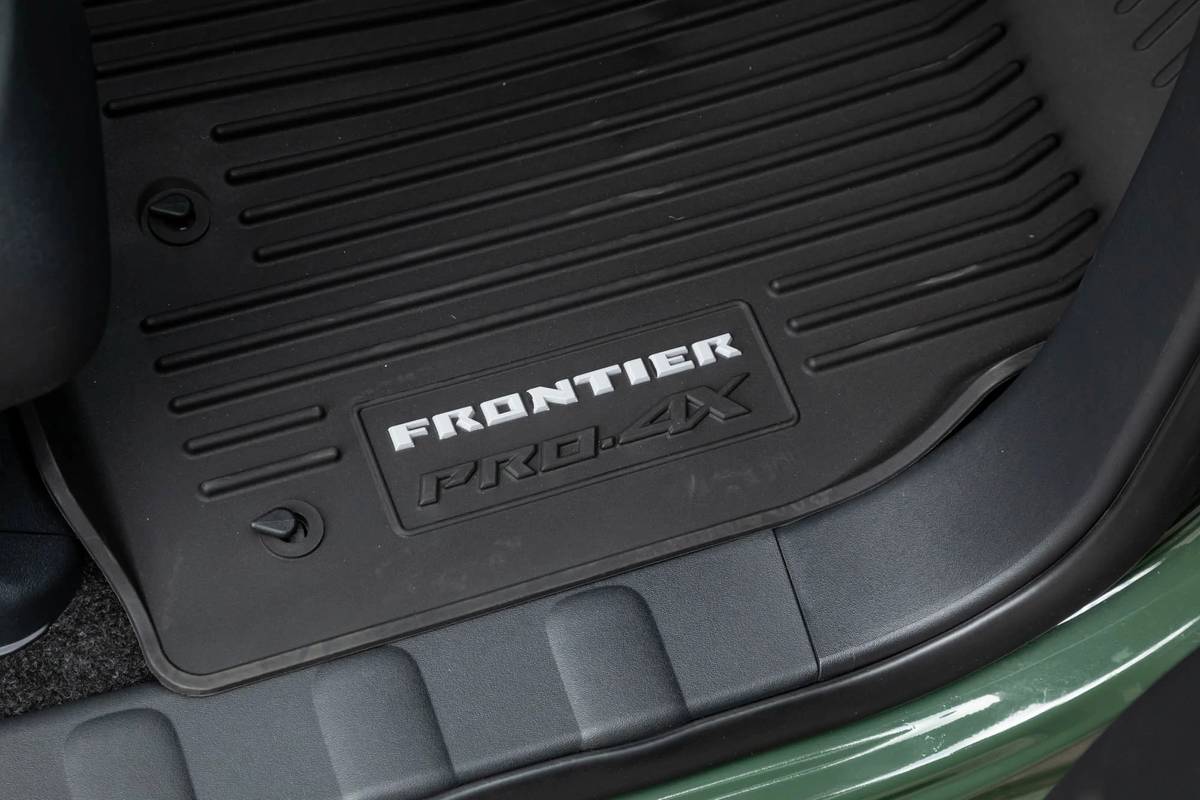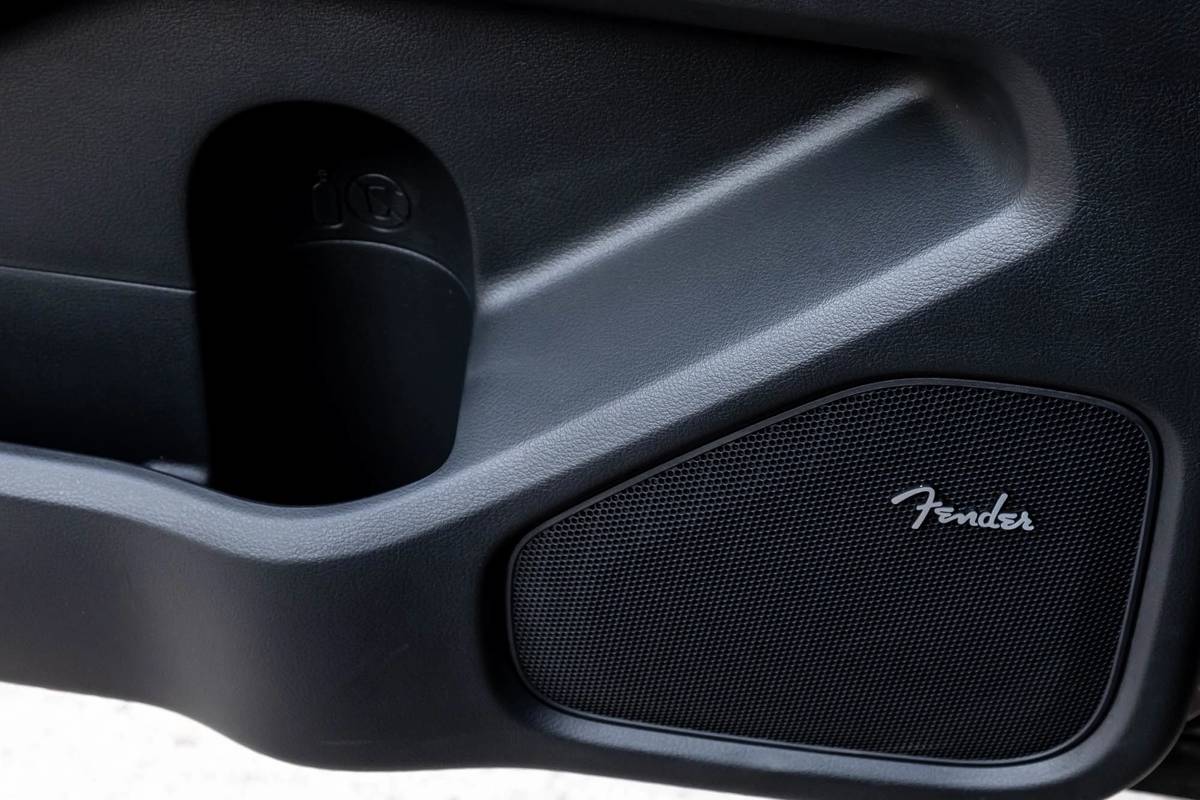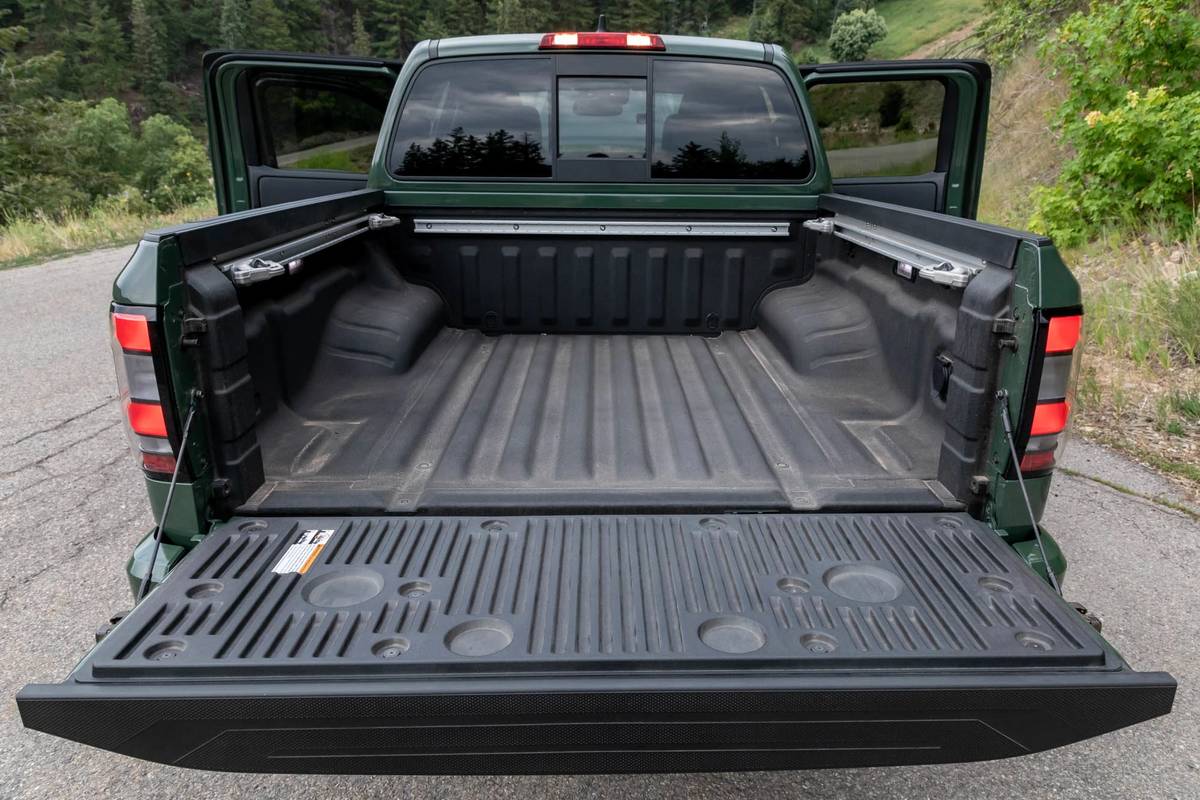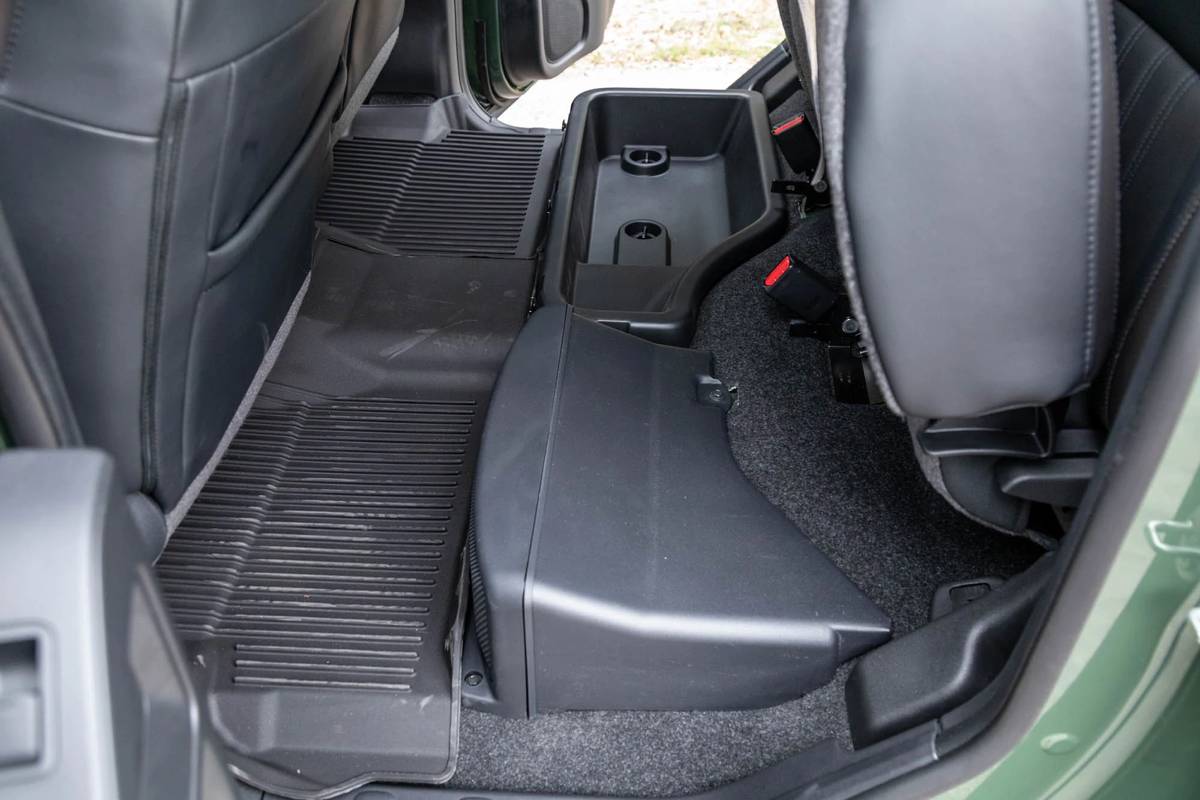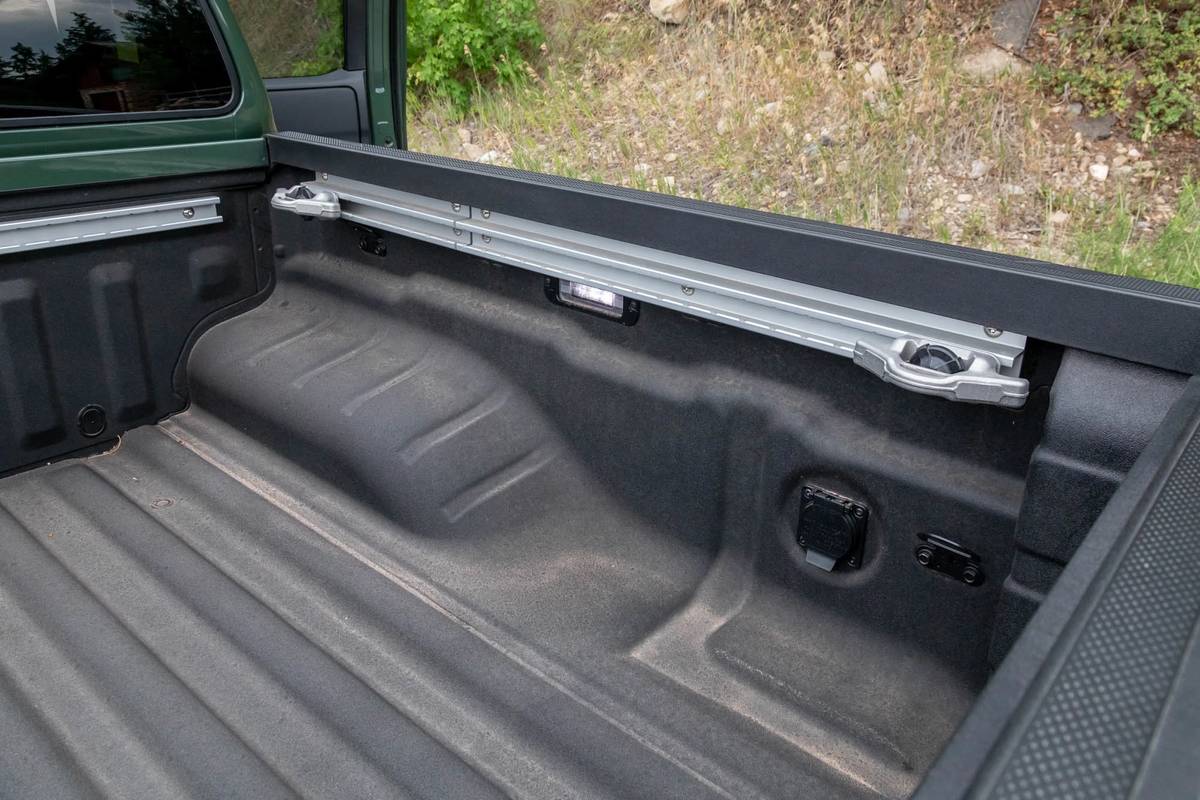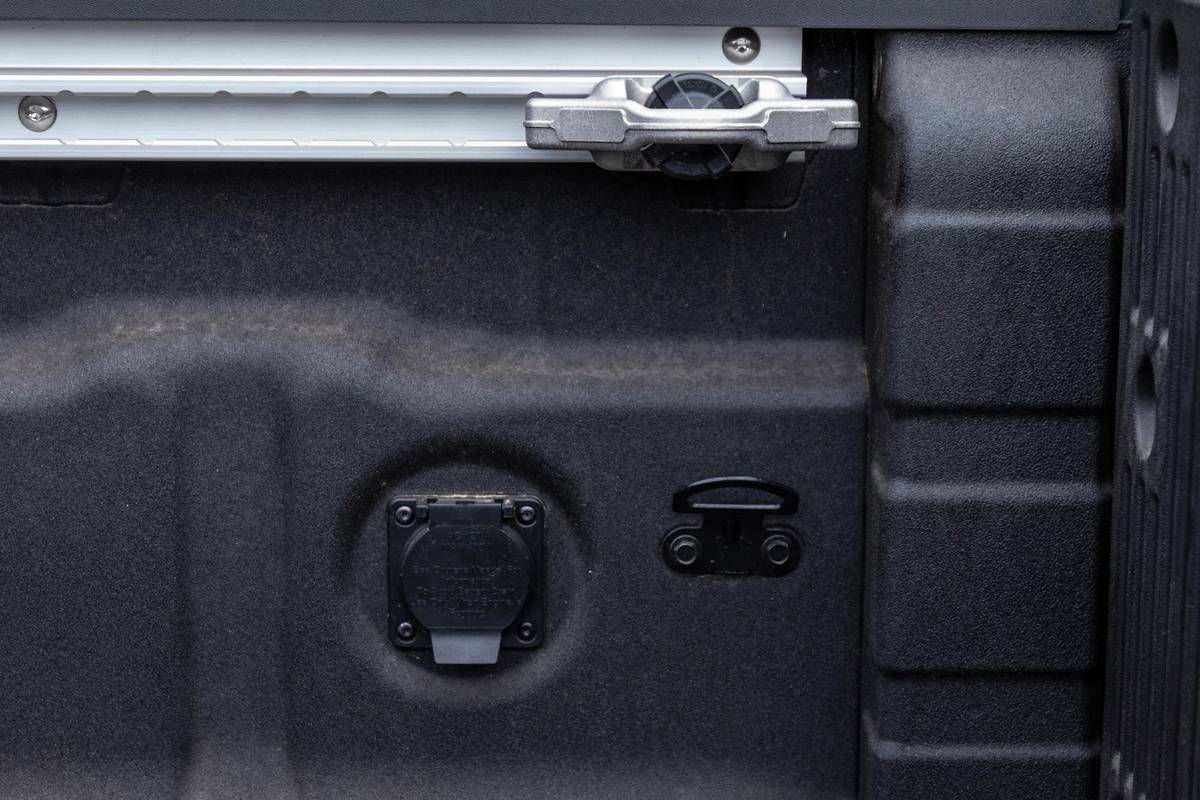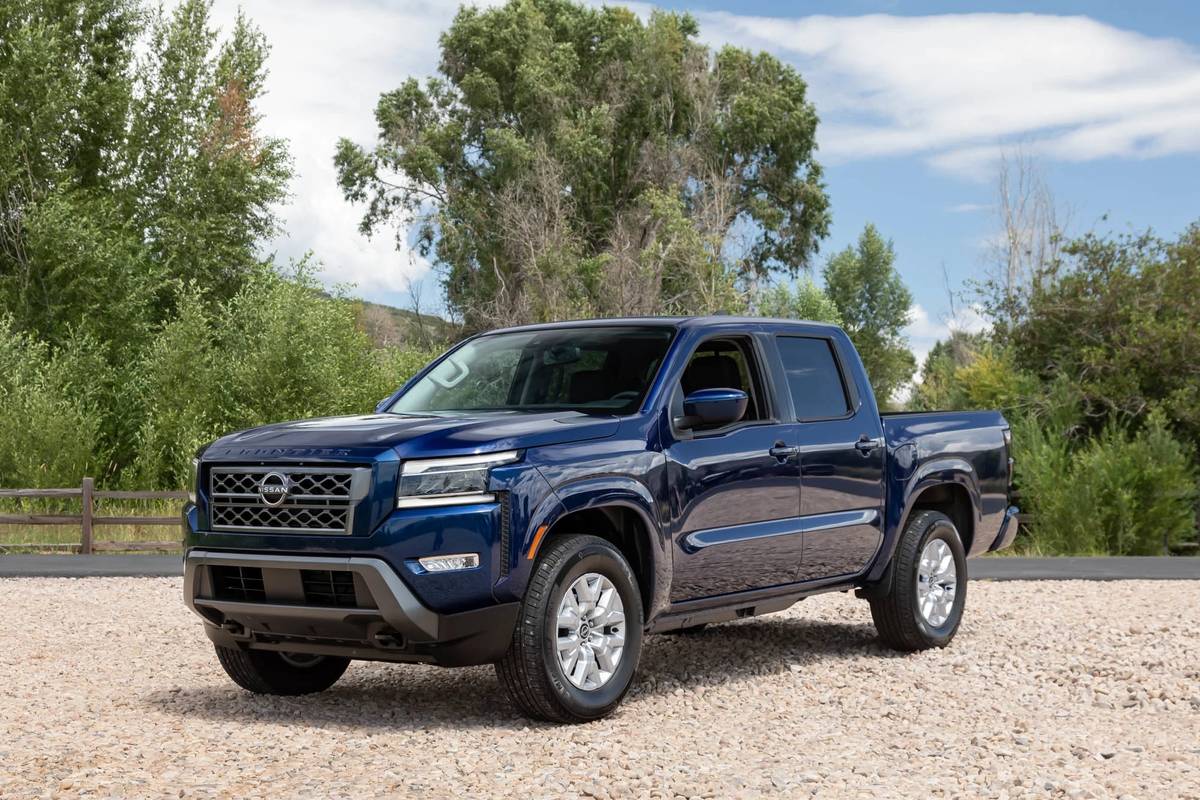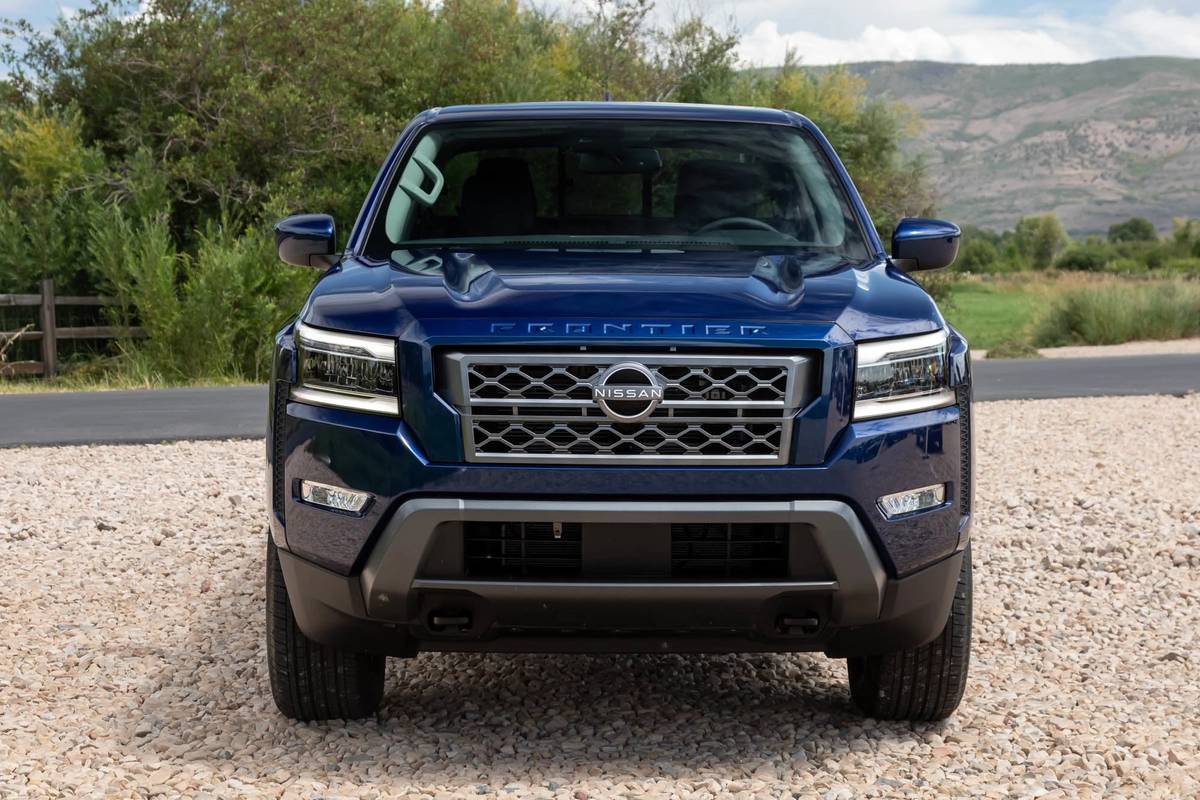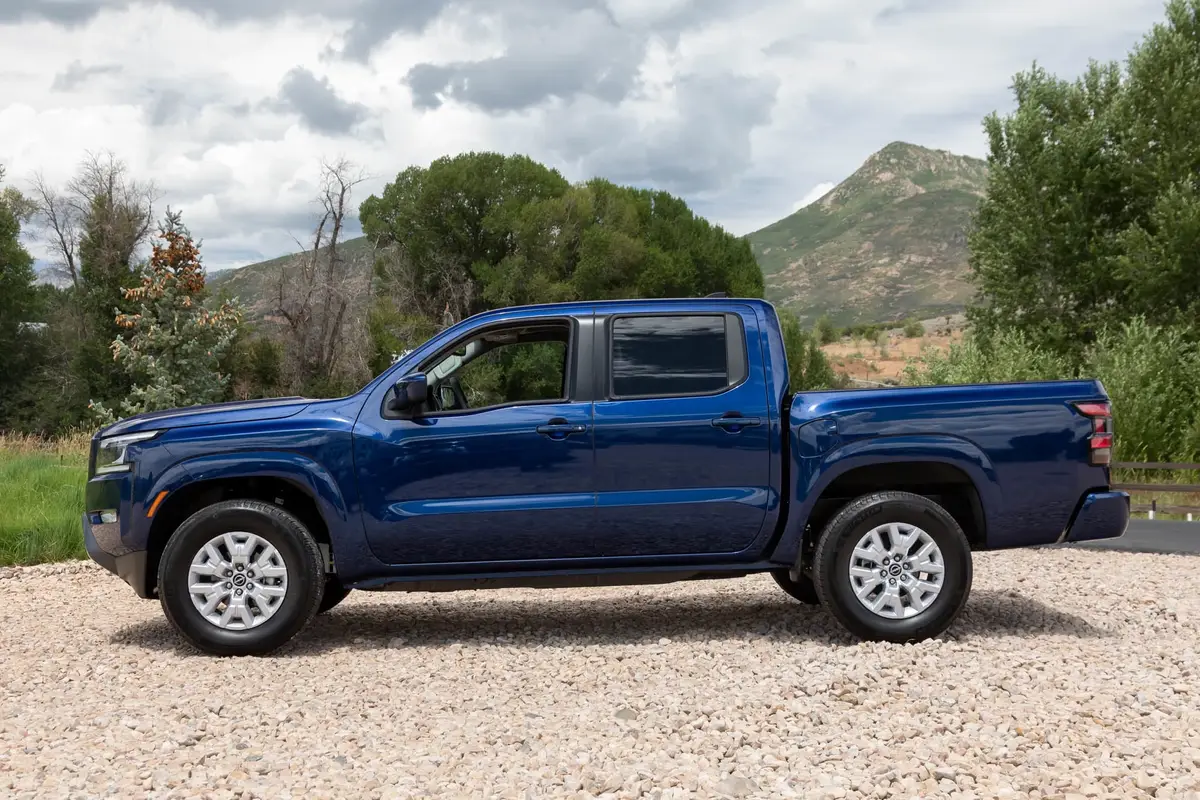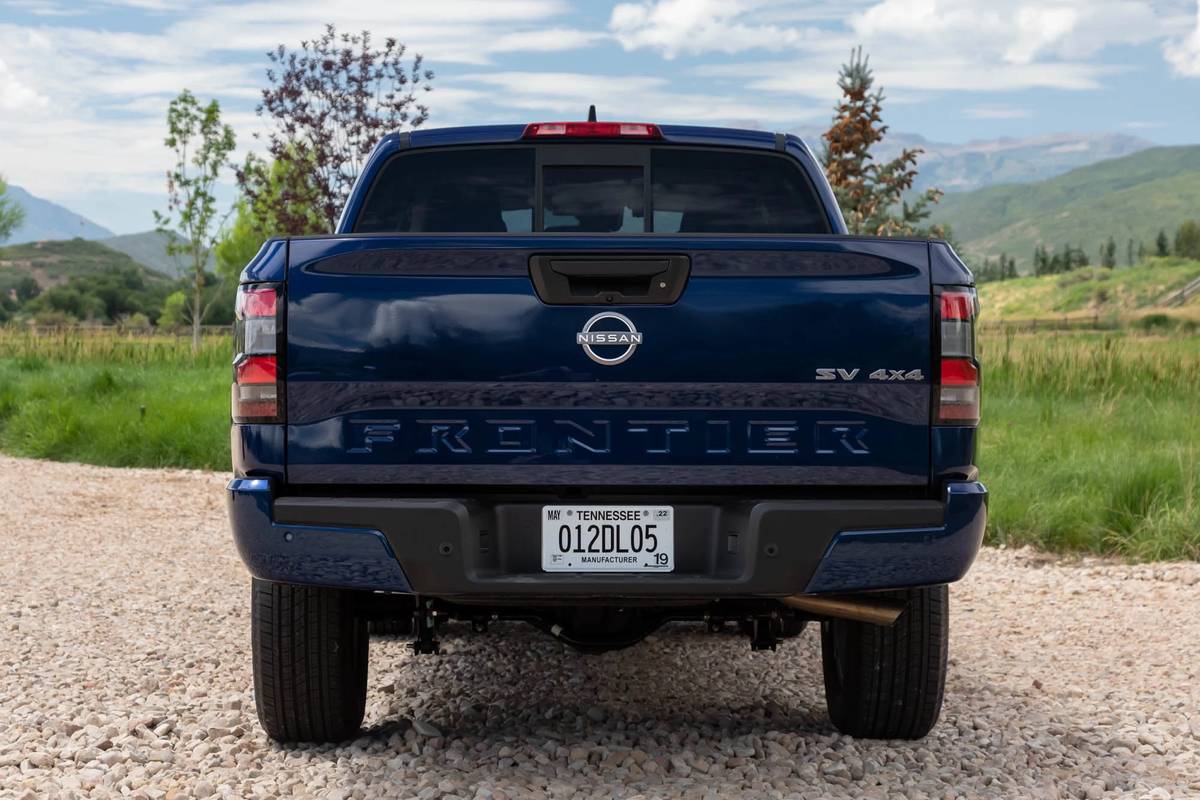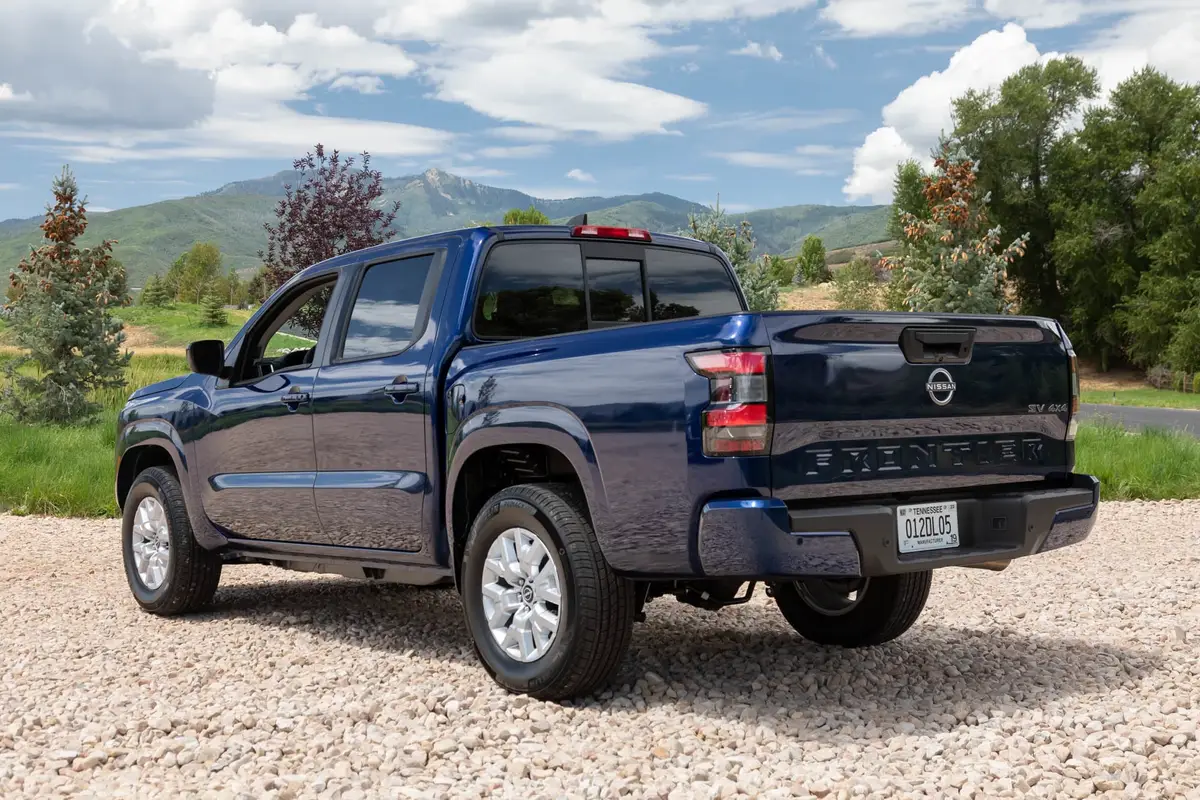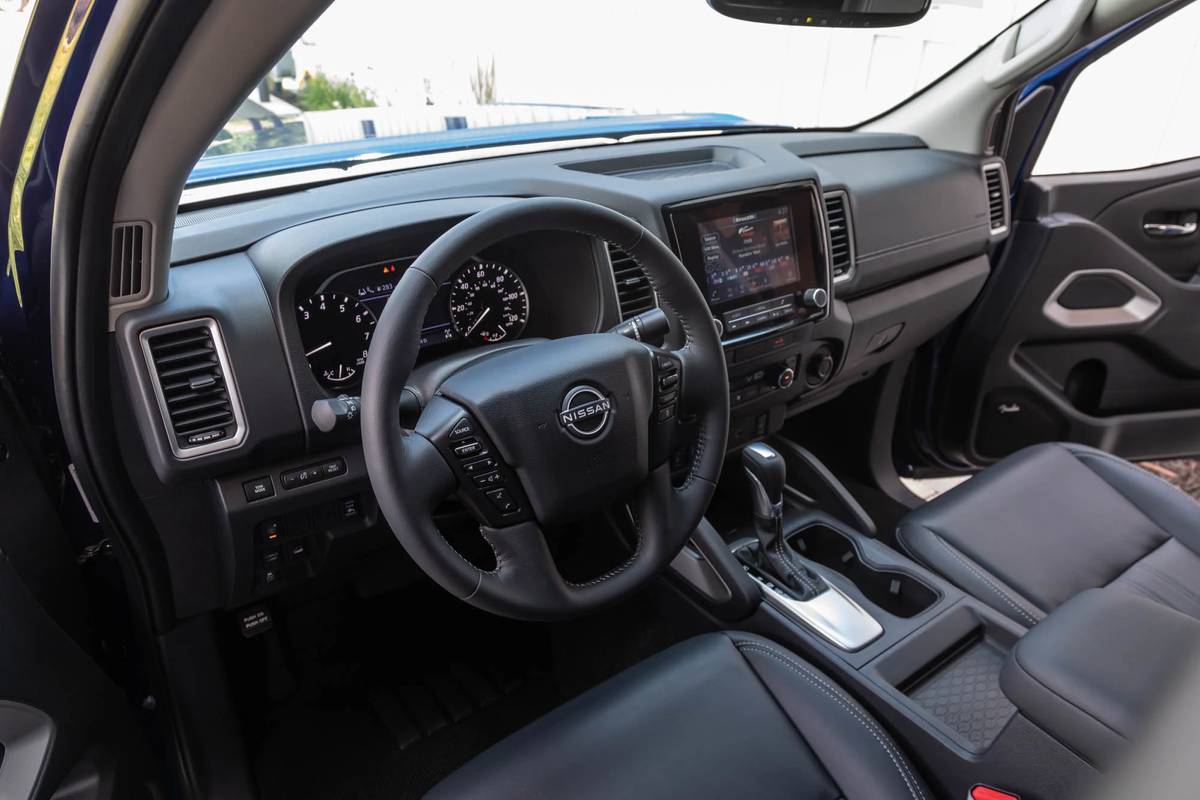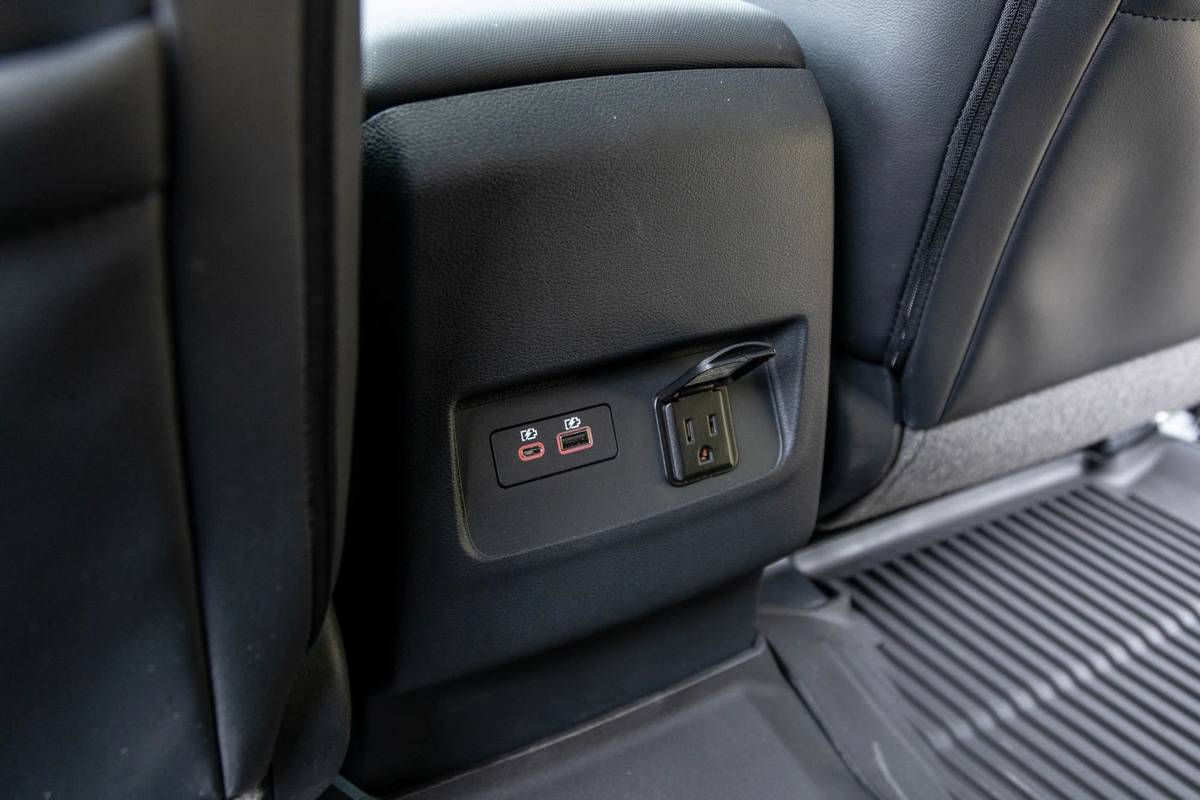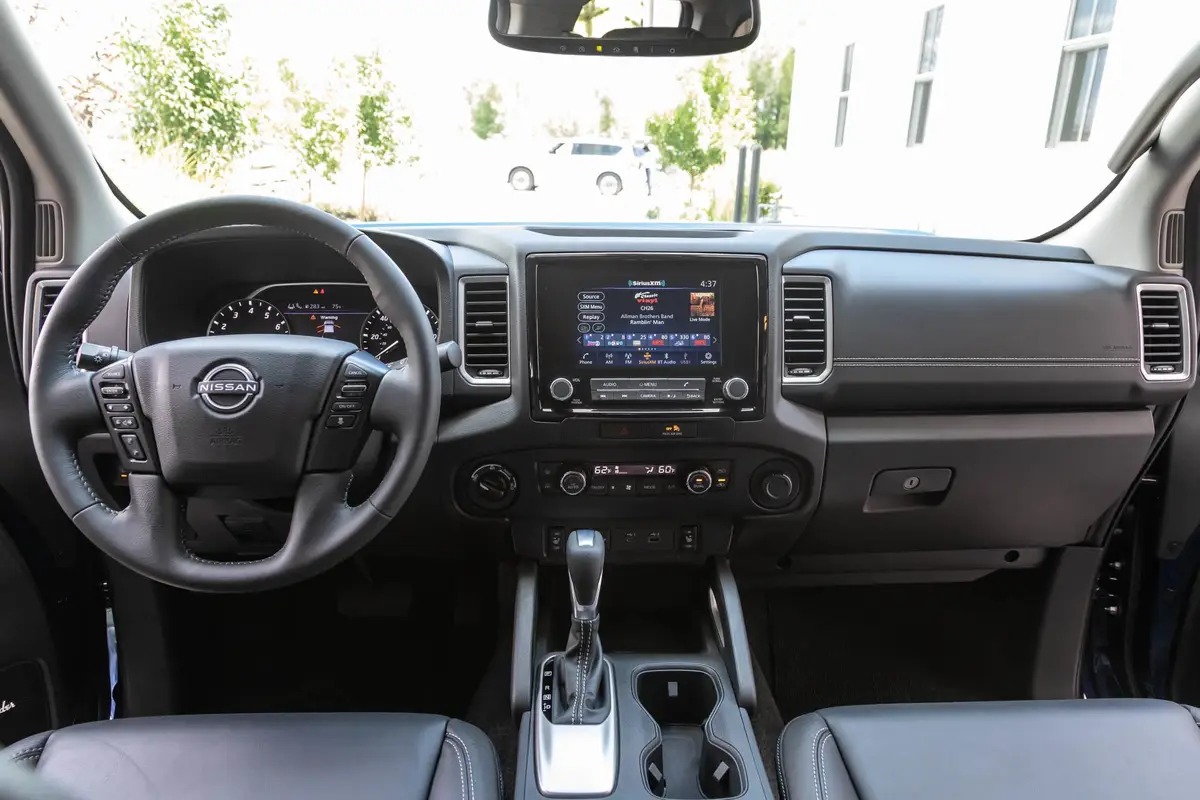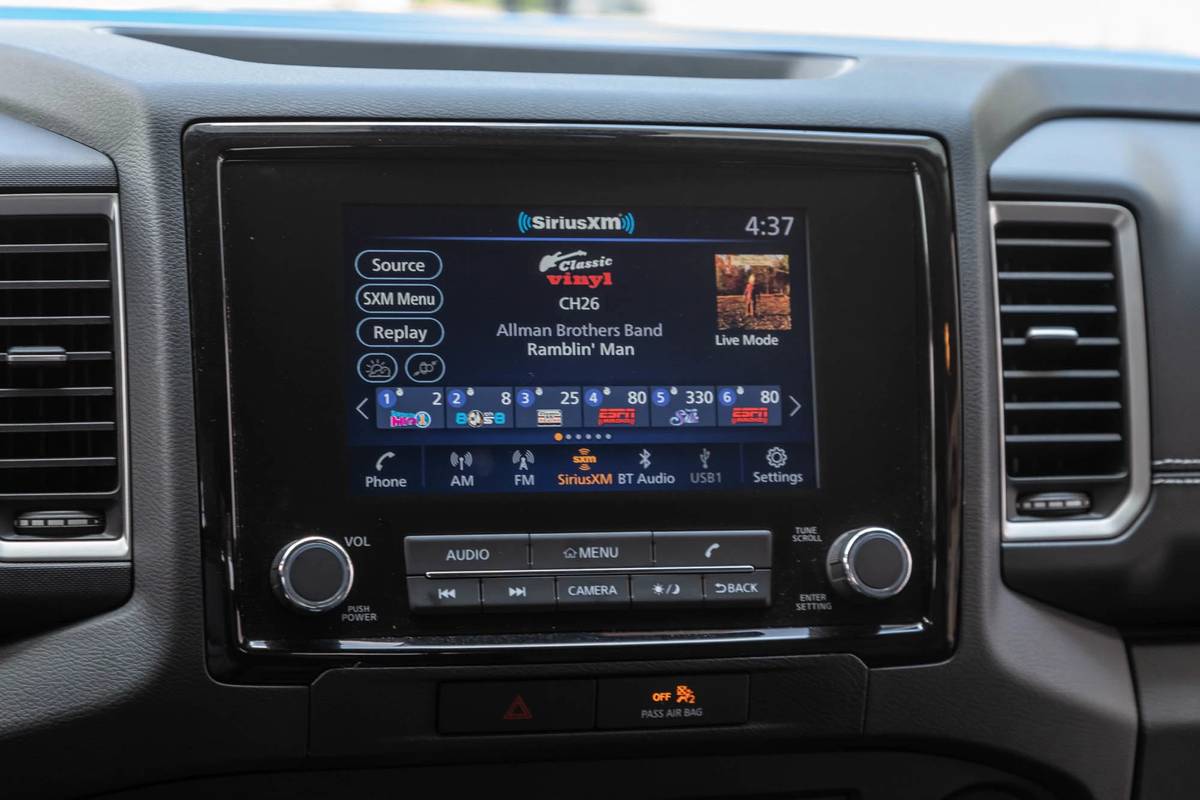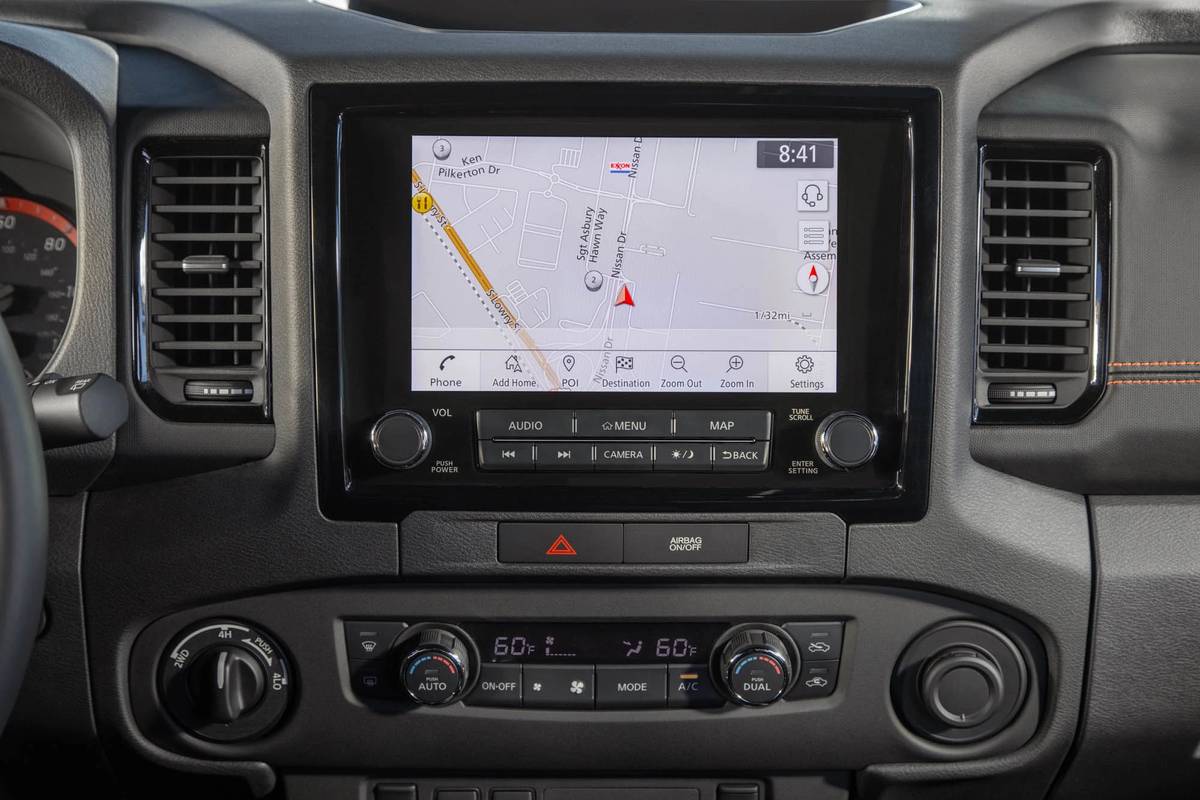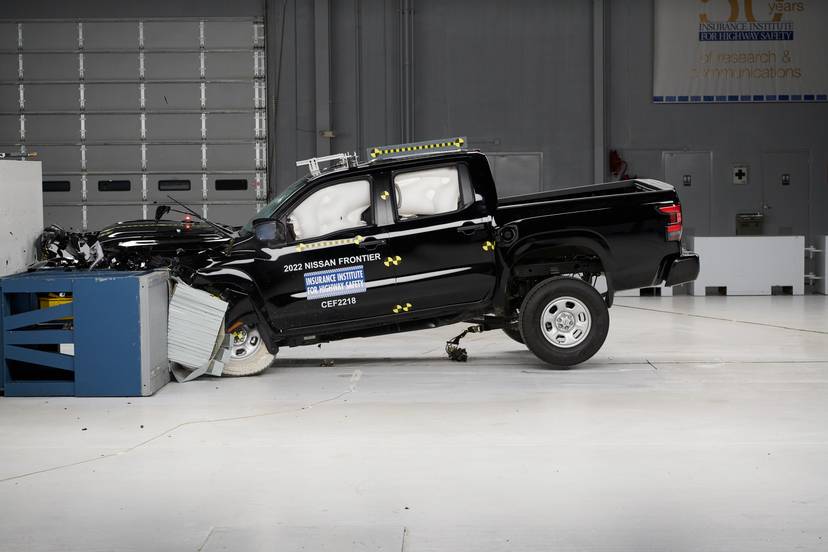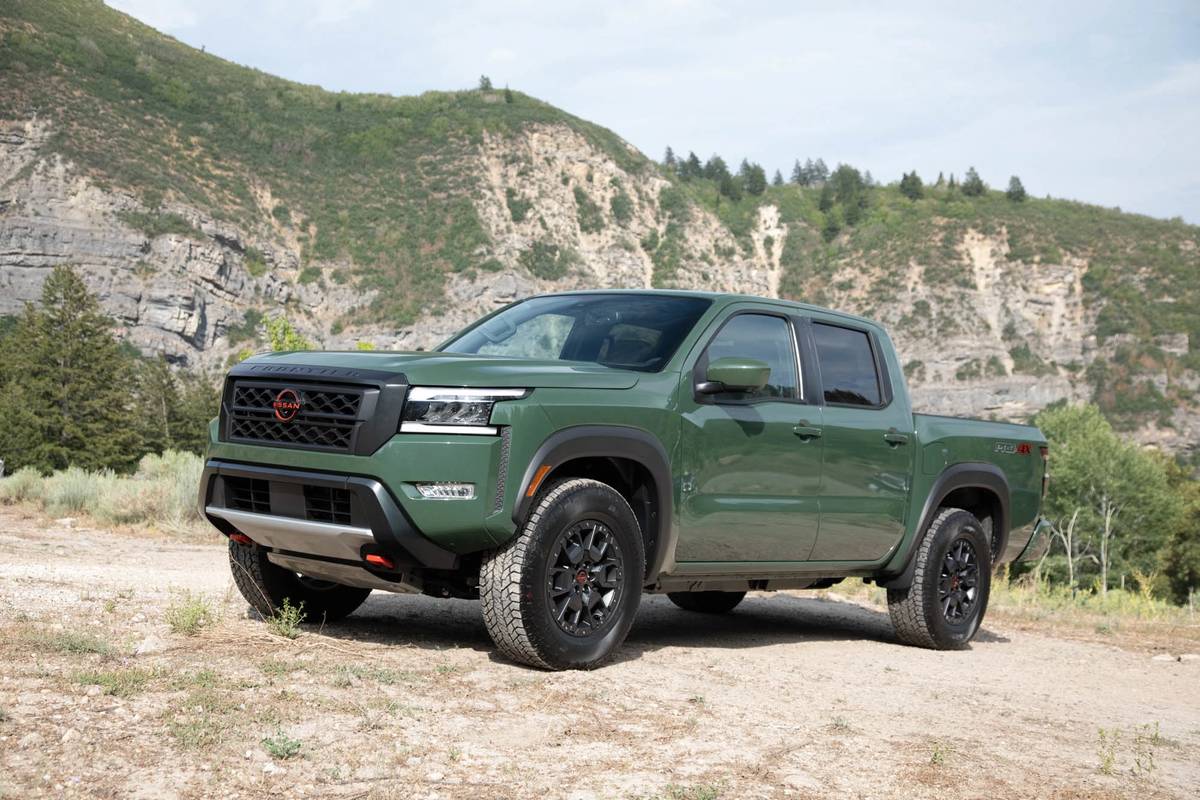
The verdict: While not an all-new pickup, significant changes to the 2022 Frontier go a long way toward making it more competitive with the segment leaders — for now.
Versus the competition: It’s more comfortable, more powerful, more capable and a better value than a Toyota Tacoma or Chevrolet Colorado, but it falls short of the powertrain sophistication seen in the Ford Ranger and Jeep Gladiator.
If you’re under 30 years old, you’ve probably known only one Nissan Frontier the majority of your motoring life. That’s because Nissan hasn’t redesigned, or even significantly updated, its mid-size pickup since the 2005 model year. That’s right: It’s been 17 years since the Frontier got major attention. Yet it’s managed to soldier on as a popular value alternative to the more popular Toyota Tacoma, the more sophisticated Ford Ranger, the more rugged Jeep Gladiator, and the more American-flavored Chevrolet Colorado and GMC Canyon. Well, Nissan seems to have decided that, now that its mid-size truck is practically old enough to vote and buy a pack of smokes, it’s time to get with the program and offer up a new Frontier.
Related: 2022 Nissan Frontier Gets Major Update, Keeps Its Tidy Dimensions
The new Frontier isn’t entirely new — and I’ll say right now, that’s just fine. Instead of opting to put the Frontier on its internationally available Navara platform, Nissan decided the most cost-effective way to cater to the American market was to simply give the current Frontier a very, very thorough makeover.
How similar is the new Frontier to the old one? Similar enough that it apparently wasn’t much of an issue for Nissan to pop the new-for-2022 3.8-liter V-6 powertrain into the 2020 model-year truck. The fact that Nissan did this had us worried it wouldn’t go far enough in its redo to make the new Frontier a viable, competitive alternative to newer trucks on the market. But after driving it for a day in the high canyons of Utah, I can say now I needn’t have worried. The 2022 Frontier may share some bones with the old one, but you’d never know it looking at or piloting it; this truck is far, far better than the outgoing model.
Oh Yeah, You Blend (No Really, You Do)
It starts with the styling: It’s bigger, chunkier and longer, yet the Frontier doesn’t have a bigger footprint than it did before. Nissan kept the old truck’s tidy overall dimensions, which was what buyers said they wanted: A truck good for work and play that fits in a garage and can be easily parked in congested urban areas.
Given just about every other pickup truck grows ever bigger with each redesign, it’s extraordinary that the ’22 Frontier is only 4 inches longer than the old one (and all of that is a hefty new schnoz) and keeps its compact wheelbase unchanged. It looks like a bigger truck, but it isn’t — inside or out. It’s just chunkier and bulkier, with a more mechanical look to its styling; there’s less of the old Frontier’s minimalist sleekness and more of the chiseled-block look the rest of Nissan’s lineup is going for. And that’s perhaps most important — the fact that it now looks like the rest of Nissan’s lineup. It fits in well with its full-size Titan big brother and even the new Pathfinder SUV. It’s attractive and well proportioned, and it looks more modern than just about any other mid-size pickup on the market (for now).
A New Face and Some New Digs
The new Frontier’s face-lift doesn’t stop at styling. It has a (mostly) new interior that’s a vast improvement over the old one. Not that it was hard to make a better interior than the old Frontier’s; it wasn’t all that well received in 2005, so you can imagine what 17 years of general stagnation did for its competitiveness — especially against brilliant offerings like the 2020 Jeep Gladiator’s interior.
Well, there’ll be no more poking fun at the old guy on the block: The Frontier’s new interior is modern, comfortable, exceptionally well-screwed-together (even on our preproduction prototype test vehicles), and it looks and feels fantastic. There are, however, a couple of places where the old Frontier pokes through the new facade. The steering wheel doesn’t telescope, it just tilts — mind-boggling for a 2022 model. The placement of some switches also remains questionable. Buttons that control things like hill descent control and the locking differential on the Pro-4X off-road model, and even safety items like traction control and Nissan Safety Shield 360, are still down by your left knee. That means Nissan didn’t want to spend the money to relocate them somewhere less impossible to use on the fly. On the plus side, the addition of the very comfortable (if oddly named) Zero Gravity front seats and a ton of new storage options make a cabin that’s fantastic for front occupants; the center console alone has a mammoth amount of space.
Backseat passengers, however, will have the same issue they did in the old Frontier: It’s cramped back there. Nissan insists buyers are OK with it, that “make it bigger” was not a request for the backseat — and given how expensive a tear-up it would have been to change the wheelbase or get too crazy with the body reconfiguration, Nissan was surely happy to keep it as is. The rear doors are small, as well, so getting in and out requires a bit of a contortion act — just like in the old Frontier. That said, it’s honestly not all that different from the backseat in the Ford Ranger, which isn’t exactly capacious. If you’re looking for a big backseat in a mid-size pickup, only the Honda Ridgeline really delivers.
Luxury-Car Quiet?
So here’s a surprise for you: The biggest takeaway I got from driving the new Frontier is that it’s an astonishingly quiet cruiser. I don’t just mean it’s been made a bit more refined, I mean it’s incredibly quiet in there. There’s almost no wind noise, almost no road noise — even in a Pro-4X with all-terrain tires. There’s just very little of the outside world making its way into the cabin. Combine that with a newly refined ride and solid, confident handling, and the new Frontier vaults to the front of the pack in terms of driving goodness.
We sampled the Frontier’s new powertrain when Nissan stuffed it into the last-generation 2020 Frontier. It’s a 3.8-liter V-6 (the four-cylinder is no more) making 310 horsepower and 281 pounds-feet of torque. That’s exceptional for a base engine; it outguns the Ranger when it comes to horsepower but falls a bit short of that truck’s turbo four-cylinder for torque. Nissan’s V-6 is mated to a new nine-speed automatic transmission sourced from the bigger Titan pickup, and it uses all nine of those gears frequently — meaning the transmission shifts a lot in normal operation. Of course, with nine gears to play with, why shouldn’t it shift a lot to get the truck to perform as requested? The transmission is smooth and inoffensive, and the Frontier’s overall powertrain improvements go a long way toward boosting its refinement.
Again, you’ll see a bit of the old Frontier peeking through in the mechanicals — particularly the steering. It’s extremely heavy, requiring considerably more effort than you might expect (much like its Titan big brother). That’s because it still uses a hydraulic power steering system with a belt-driven pump, not a more modern electric system like we’re seeing on other models. As such, you don’t get systems like lane centering or any semi-autonomous self-driving features. What you do get is a confident on-road sensation that doesn’t feel like you’re piloting a video game controller, as electric power steering does in many of today’s vehicles. The ratio has at least been quickened for 2022, so the Frontier doesn’t feel heavy or ponderous when changing lanes or negotiating twisty canyon roads, it just requires more effort.
One area that didn’t get any better was fuel economy. Nissan rates the new Frontier at 18/24/20 mpg city/highway/combined with two-wheel drive, 17/22/19 mpg with four-wheel drive. (EPA estimates aren’t yet available.) The Ranger is EPA-rated at 21/26/23 mpg (4×2) and 20/24/22 mpg (4×4). Even the Tacoma does better, at an EPA-estimated 19/24/21 mpg (V-6 4×2) and 18/22/20 mpg (V-6 4×4). Despite four more gears than the outgoing Frontier and three more than the Tacoma, it’s clear that boosting fuel economy was not a priority with the 2022 redesign.
Still Does Trucky Things
I drove two versions of the Frontier: a top-spec Pro-4X off-road trim and an on-road-oriented SV 4×4 trim. Both exhibited exceptional ride quality, vaultlike construction, amazingly silent operation and plenty of front-seat comfort.
I took the Pro-4X on an extensive off-road hill climb that required use of its part-time four-wheel-drive system’s low-range feature, and Nissan’s desire to keep the Frontier simple on the technology front was apparent. There’s no fancy terrain select dial, no adjustable hill descent control, no all-wheel-drive option, no disconnecting sway bars. There’s just a dial to select 2WD, 4WD High or 4WD Low, plus one button to engage the electronic locking rear differential and another to engage hill descent control. It’s up to you to know when to use them and when not to, which is fine for owners used to such systems.
The Frontier clambered up steep and dusty rock faces for an hour with nary a complaint. Its low-range Off-Road Mode (which automatically activates when you shift into 4WD Low) kept engine torque up, the transmission primed, and the ensemble climbing and bumping over obstacles with relative ease. All Frontier 4x4s get three steel skid plates underneath, but the Pro-4X has an additional aluminum one that’s half-integrated into the front fascia — both for a bit of additional protection and for snazzy styling purposes.
If you’re interested in the looks of the Pro-4X but not its off-road ability, you can opt for the new Pro-X trim, which features all the styling of the Pro-4X and its Bilstein shock absorbers, but not the four-wheel-drive system or underbody skid plate protection.
After dragging a 5,600-pound ski boat and trailer combo behind a Pro-4X, I can attest that the new Frontier tows quite well. It has a new dedicated Tow mode button that adjusts various settings to optimize the truck for such duty. The 2022 Frontier’s maximum tow rating is 6,720 pounds, but it can be achieved only in a 2WD S or SV trim, not a loaded Pro-4X. Still, the Pro-4X managed to tow quite well.
The V-6’s midrange torque comes in handy in around-town driving. Only from a standing start with the accelerator pushed to the floor did I really feel like it struggled to get up to speed — a good reminder that this is just a 3.8-liter engine, not a big V-8. The truck felt level, planted and stable, and the trailer didn’t push it around at all during normal driving. There’s no integrated trailer brake controller, but Nissan says a wireless accessory one will be available. For light-duty towing of things like watercraft or small lightweight campers, the Frontier would do nicely.
The truck’s maximum payload rating is 1,610 pounds, again in the 2WD SV trim. (Nissan has not yet provided towing or payload specs for other trim levels, of which there are four.) We didn’t do any hauling with the new Frontier, so how it behaves with a big load in the bed is yet to be determined. The bed itself is more voluminous than before, however, thanks to raised bed sides: They’re 1.4 inches taller than they used to be, boosting bed volume by 7%. The truck’s 5-foot bed capacity goes from 37.4 cubic feet to 40.1, while the 6-foot bed is up from 46.4 cubic feet to 49.6.
Two cab styles are available: the extended King Cab model gets the 6-foot bed, while crew-cab trucks get the 5-foot bed. The only exception is that Nissan will make a long-wheelbase crew-cab version with a 6-foot bed, but it will be available in only one spec: an SV trim aimed at buyers who use their trucks for both work and play — and who’ve been vocal about wanting this configuration.
The Value Push
Pricing for the Frontier certainly doesn’t look like it used to: The base price is now $29,015 (including destination fee) for a 2WD S King Cab. That’s nearly $9,000 more than the Frontier cost two model years ago when it was the value leader in this segment with a four-cylinder engine and manual transmission. A good deal of safety features, however, are now standard, including forward collision warning, trailer sway control, a driver awareness sensor, rear door alert and an easy-fill tire alert. Nissan Safety Shield 360 is available on every trim level, adding lane departure warning, rear cross-traffic alert, automatic rear emergency braking, blind spot warning, automatic emergency braking with pedestrian detection, and automatic high beams. Additional available features include traffic-sign recognition, intelligent cruise control and sonar rear parking sensors. A loaded Pro-4X like the one I tested stickers at just under $45,000, which matches up well against competing trucks with similar off-road equipment.
Is It Enough?
Nissan didn’t go the clean-sheet-design route with the new Frontier. Instead, in response to a lot of customer demand (and likely on a limited budget), the automaker opted for significant upgrades, updates and refinements to the old one. Did Nissan go far enough in its makeover of this mid-sizer? I think it did — for now.
The changes result in a far more pleasant, refined, comfortable and capable truck than the old one. It still has a few foibles, but it’s easily competitive with the current crop of mid-size trucks — and better than many of them (I’m looking at you, Tacoma).
The key word, though, is current. With the next Ranger expected to be built off the Bronco platform and loaded with tech, plus a new Colorado, Canyon and Tacoma all expected soon, Nissan had better be hard at work getting the Frontier some more upgrades to keep it current with the next crop of trucks. Until then, it’s a fantastic update to the Frontier that should be able to draw some buyers back to the brand.
More From Cars.com:
- Cheap and Cheerful No More: 2020 Nissan Frontier Priced From $27,885
- Nissan Frontier: 5 Things That Need Fixin’
- 2020 Nissan Frontier Gives Us a Taste of the Upcoming Redesign
- More Nissan Frontier News
Related Video:
Cars.com’s Editorial department is your source for automotive news and reviews. In line with Cars.com’s long-standing ethics policy, editors and reviewers don’t accept gifts or free trips from automakers. The Editorial department is independent of Cars.com’s advertising, sales and sponsored content departments.
































